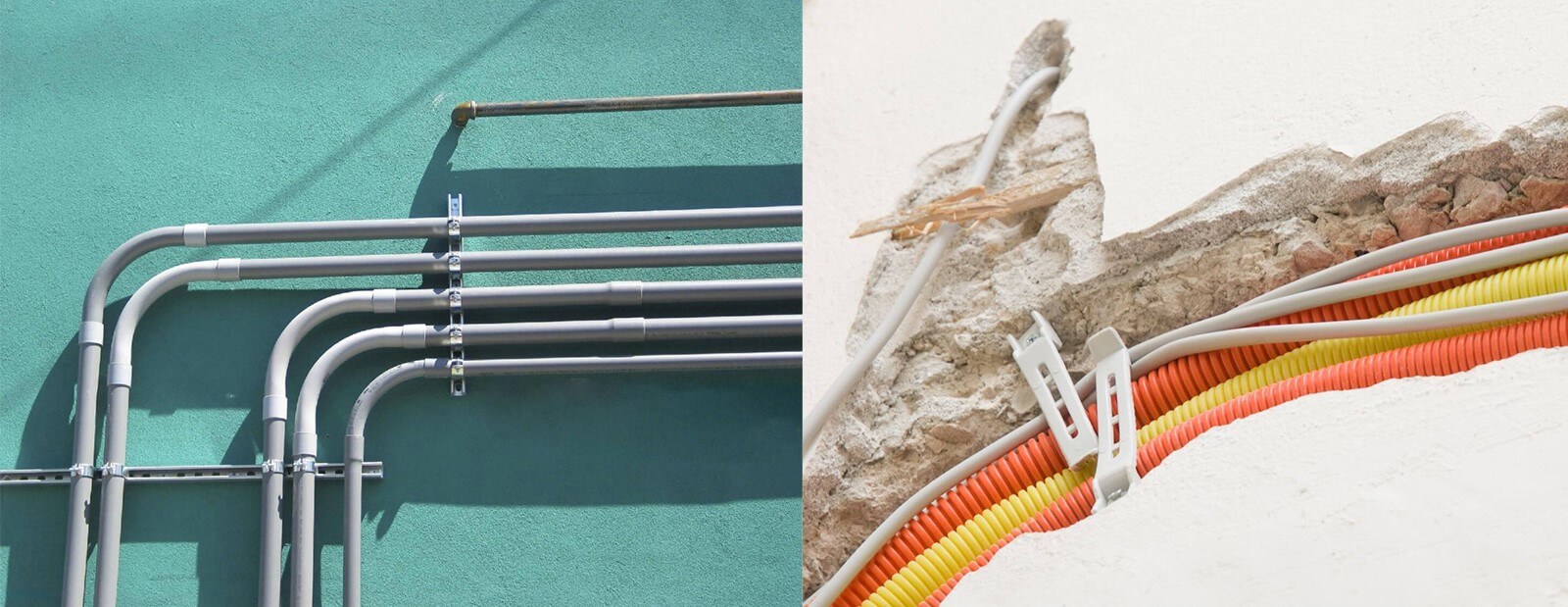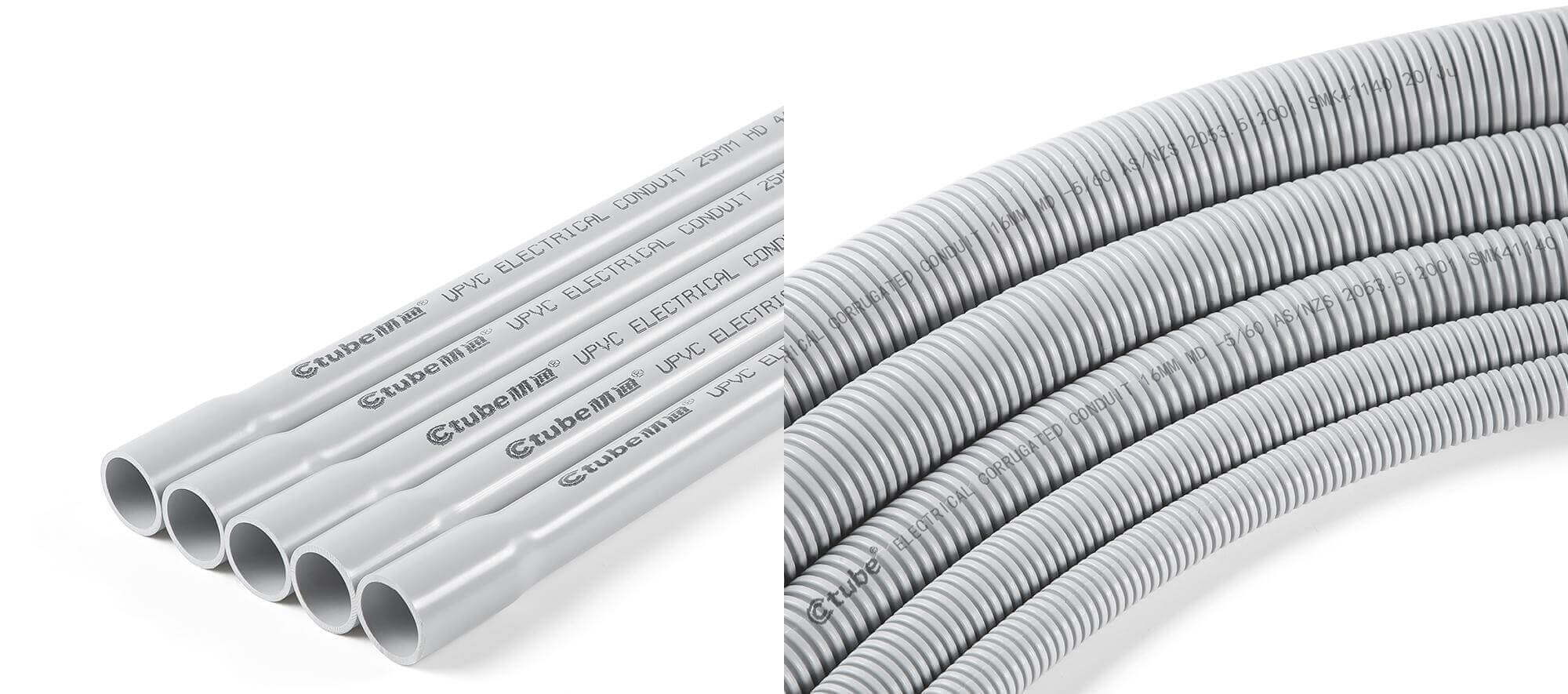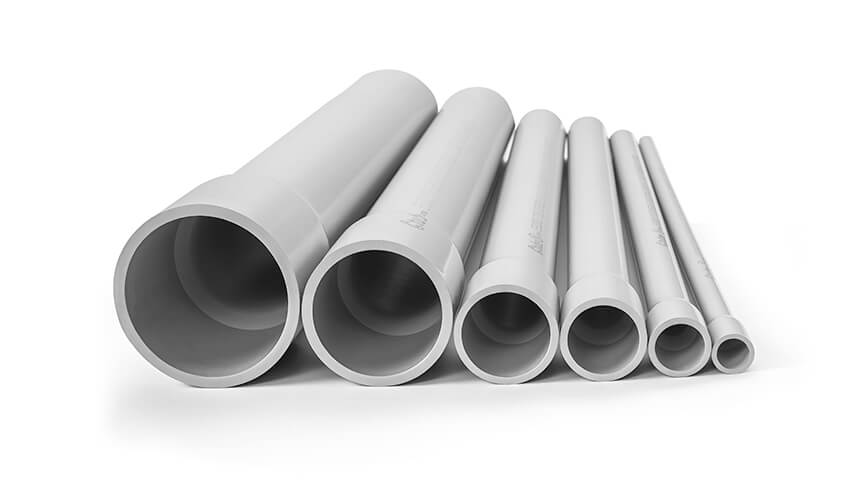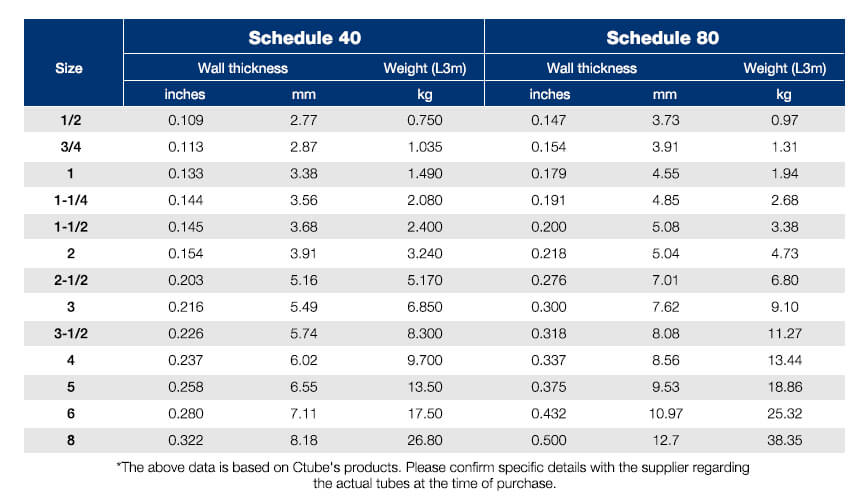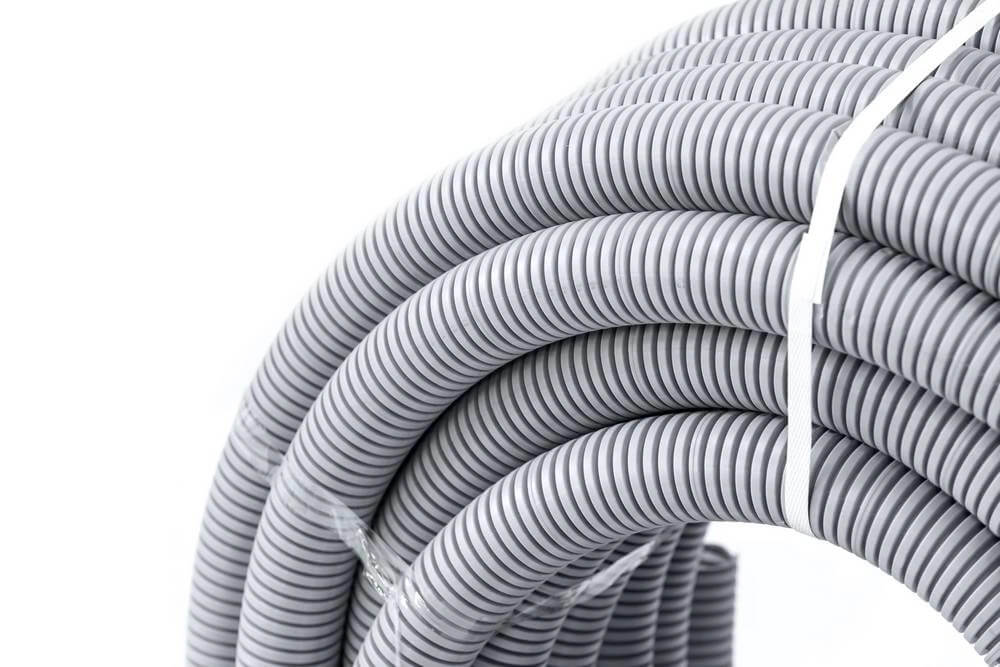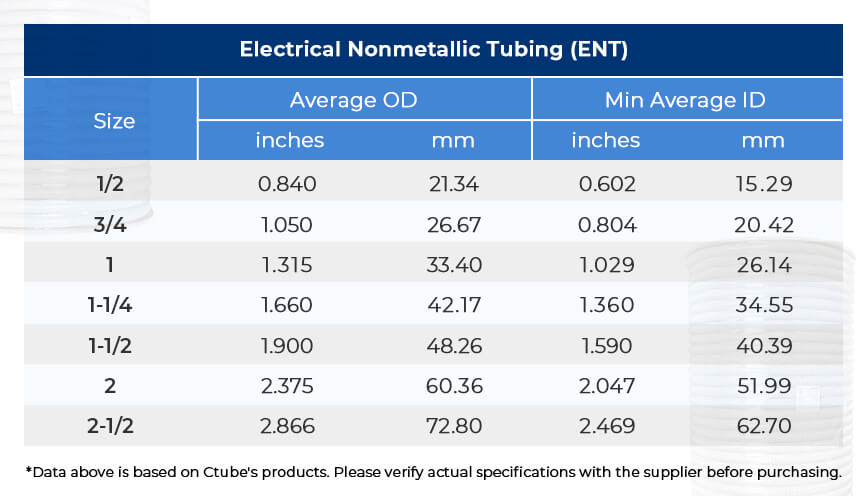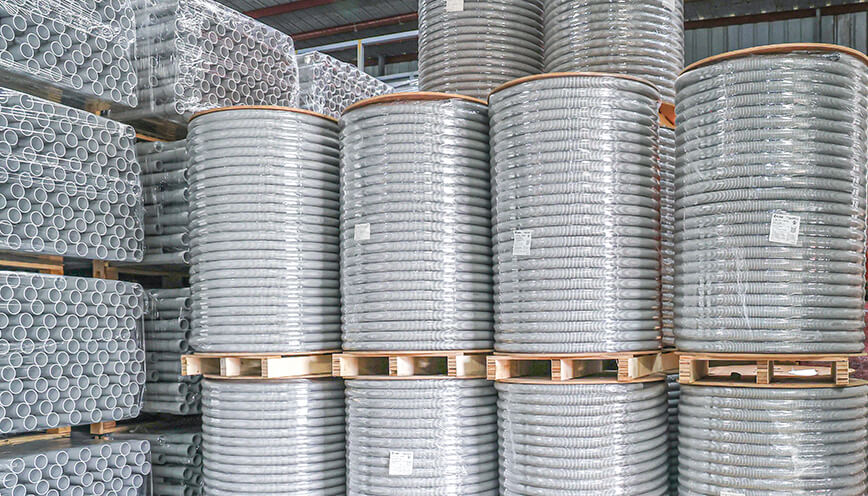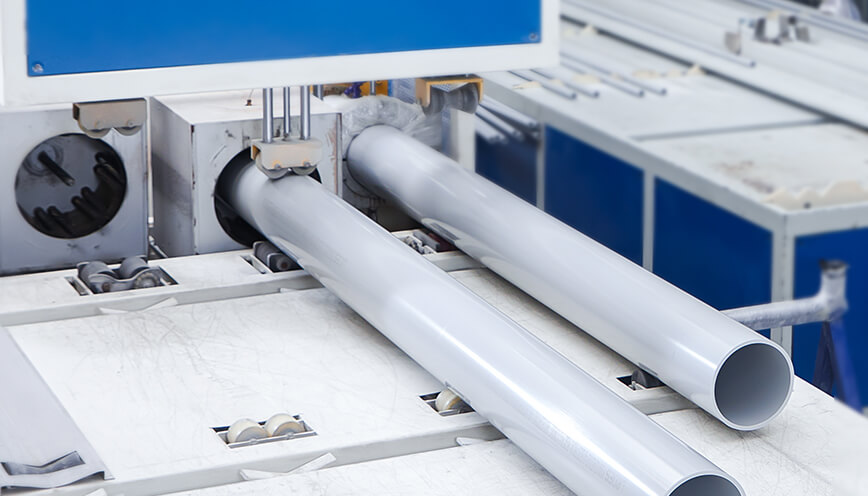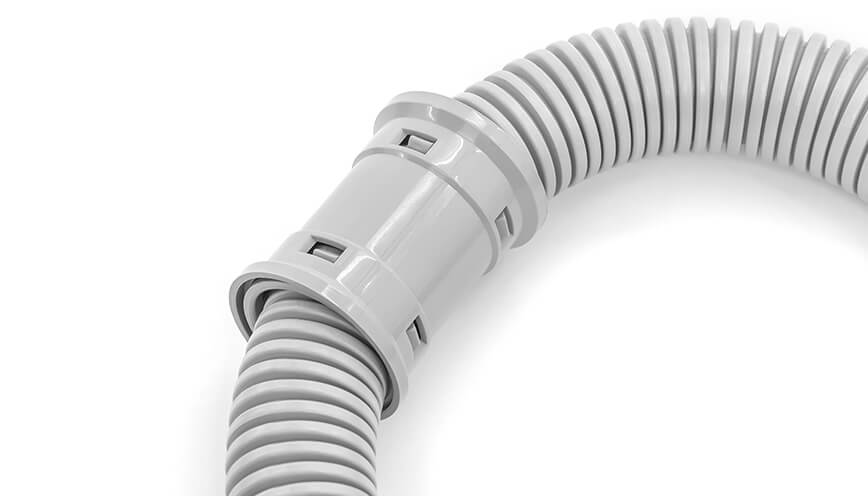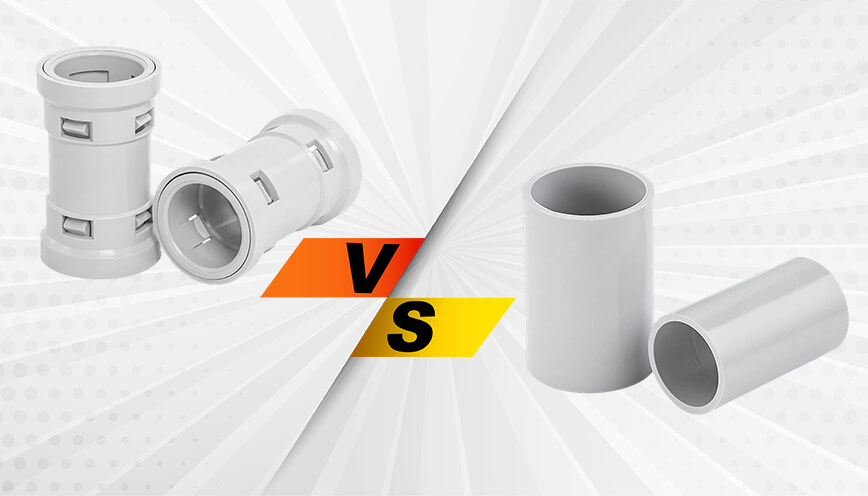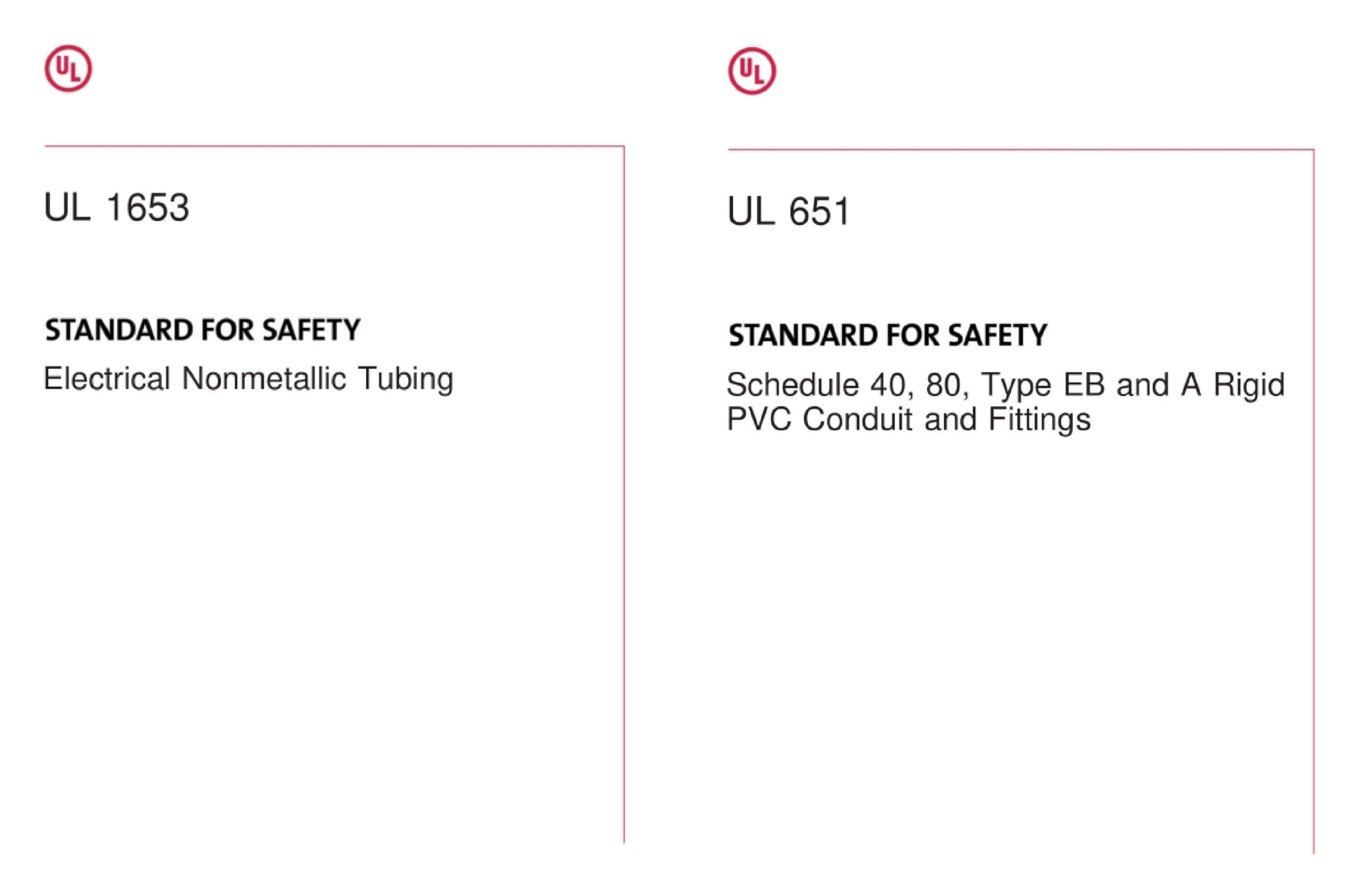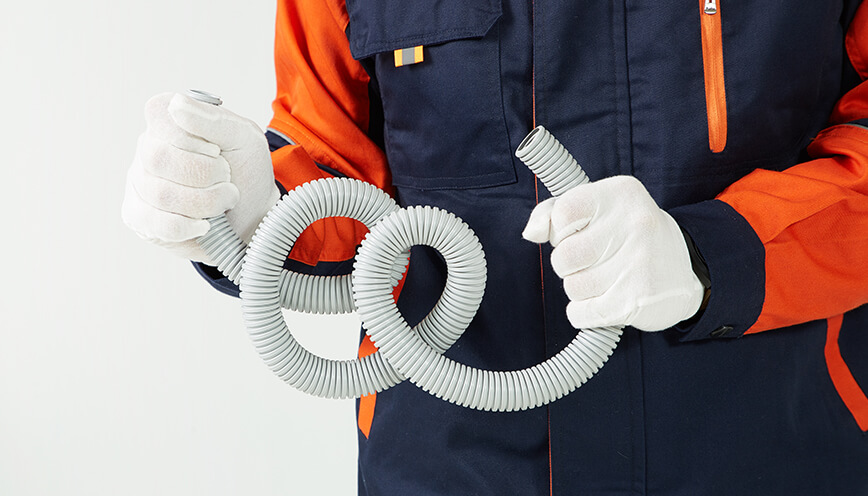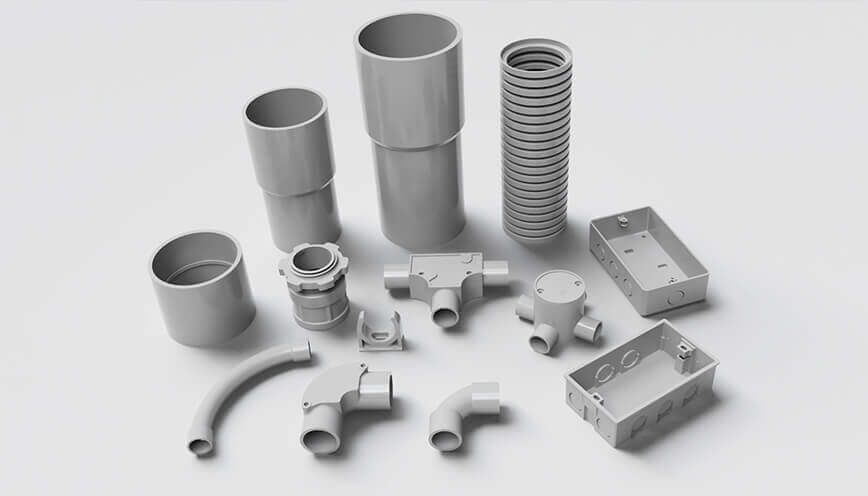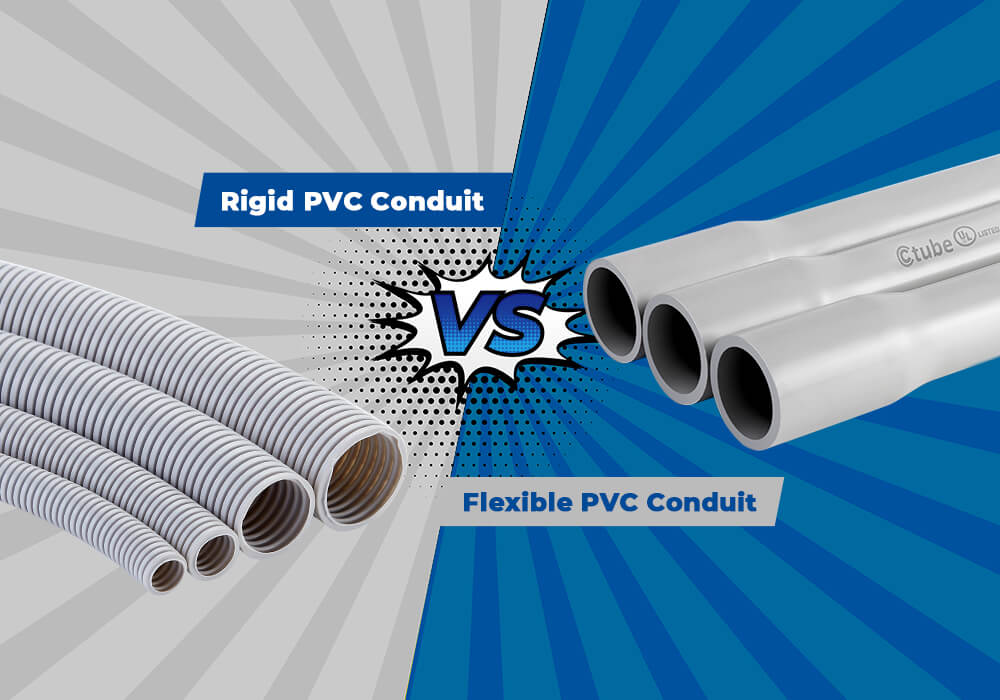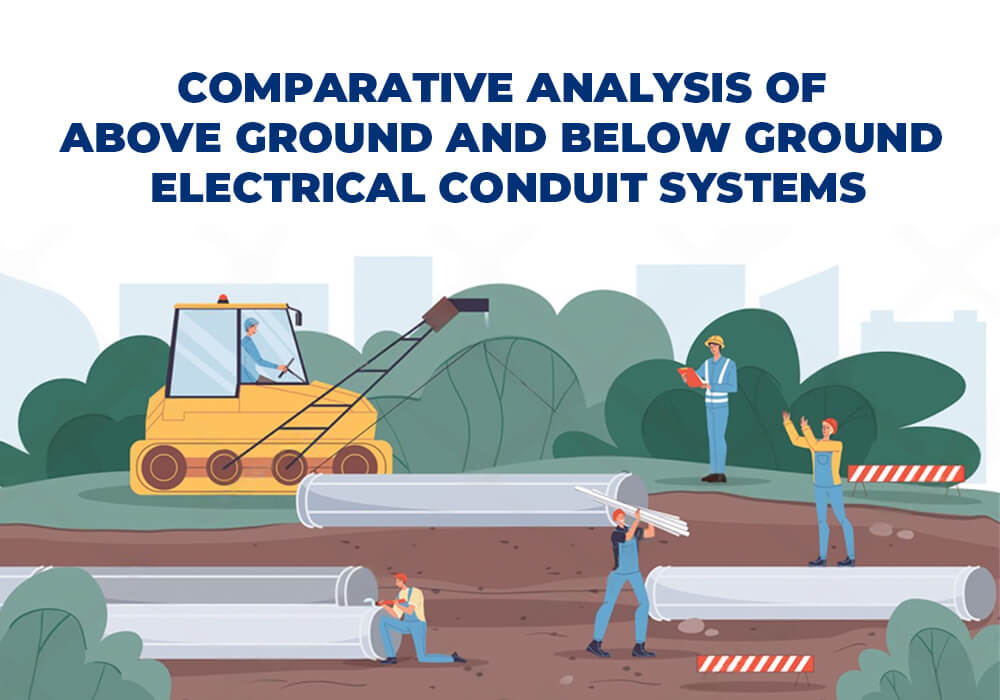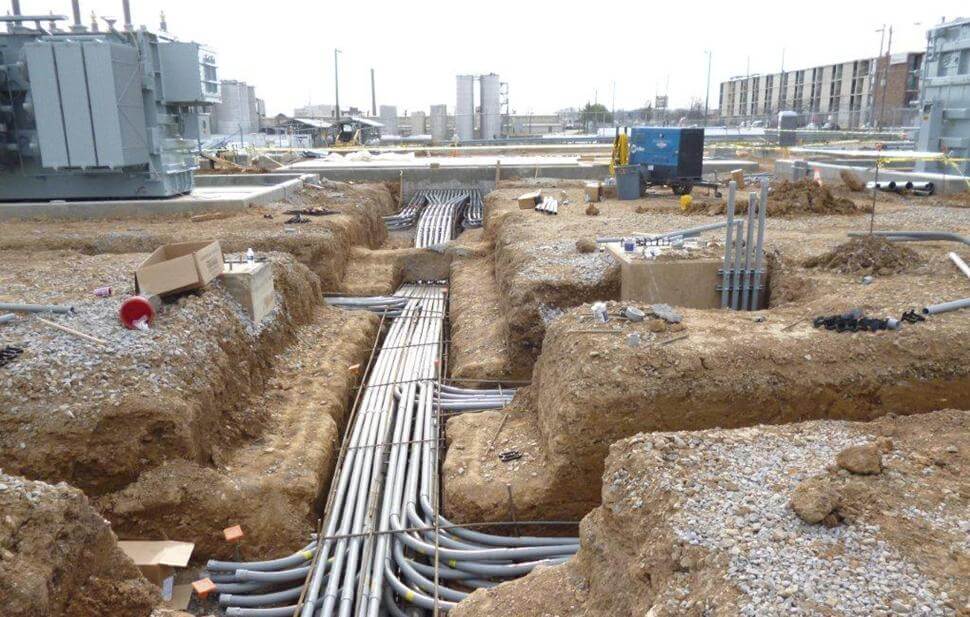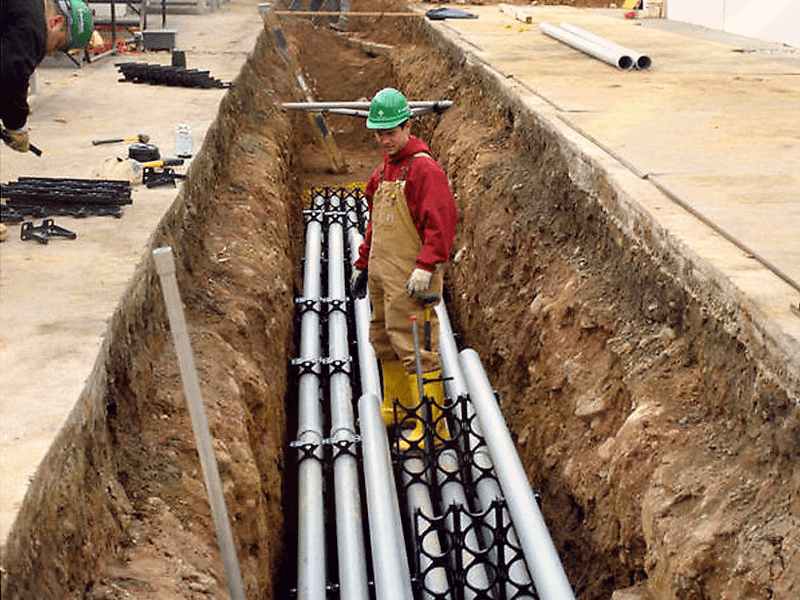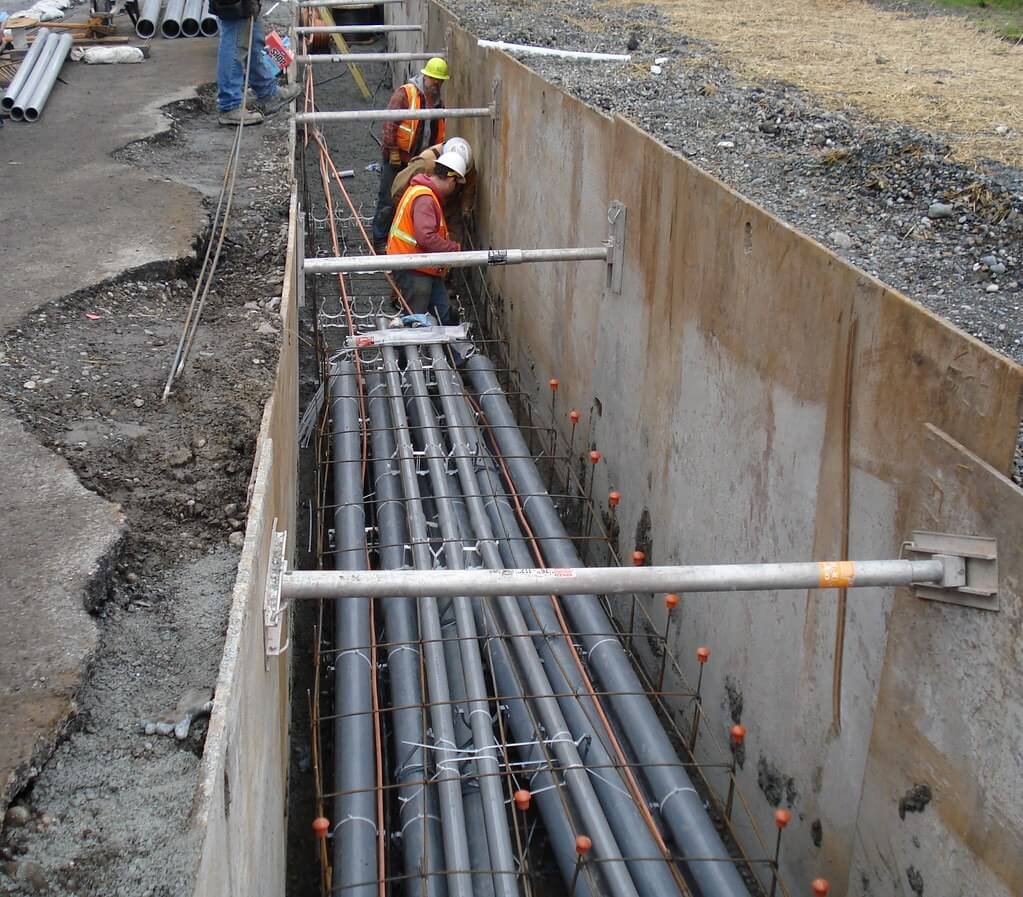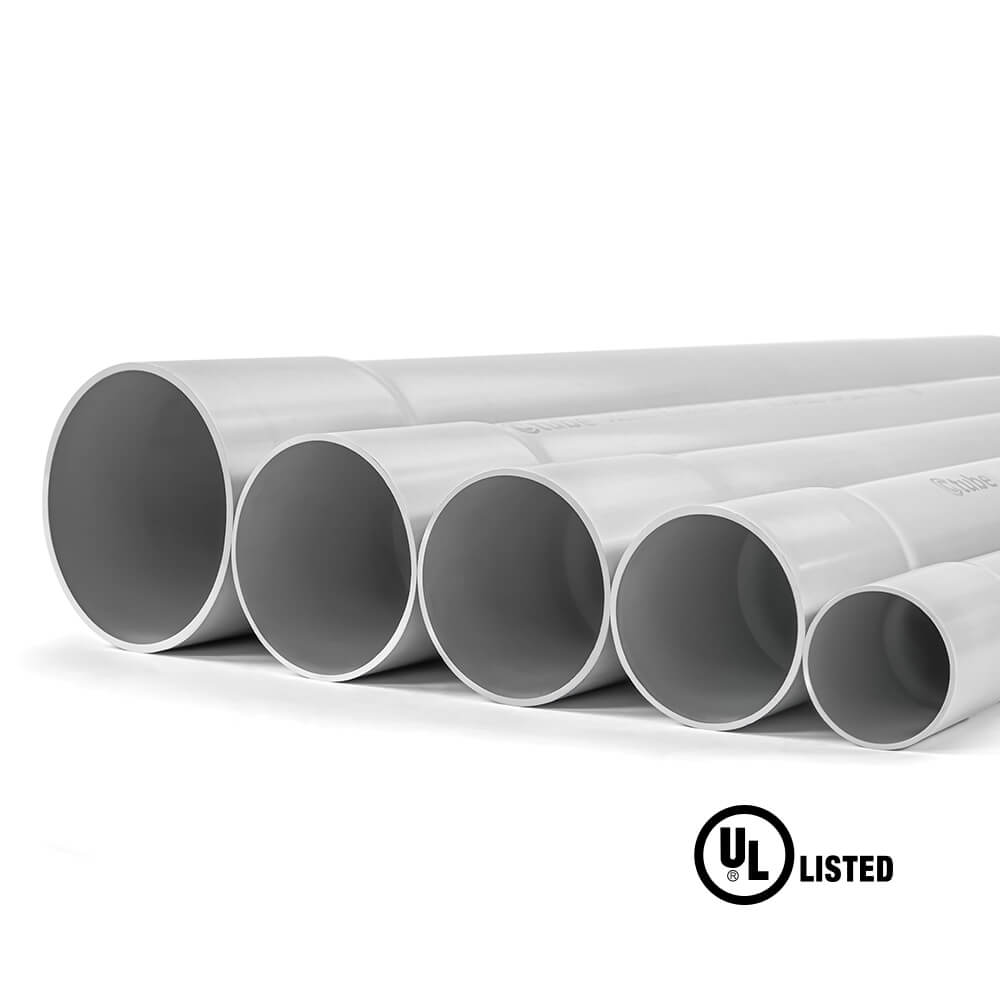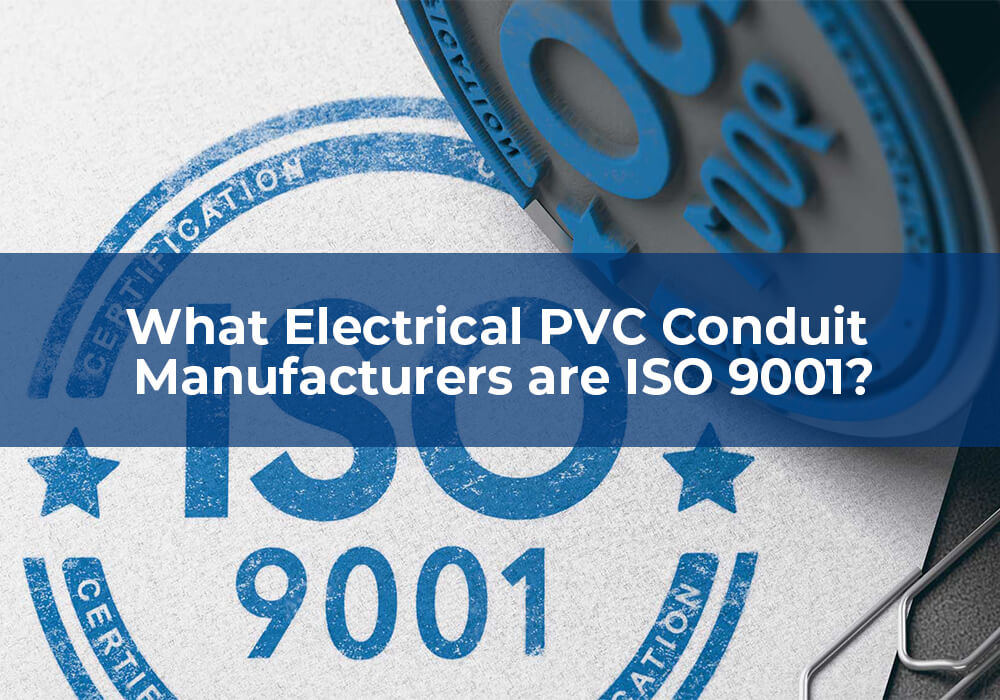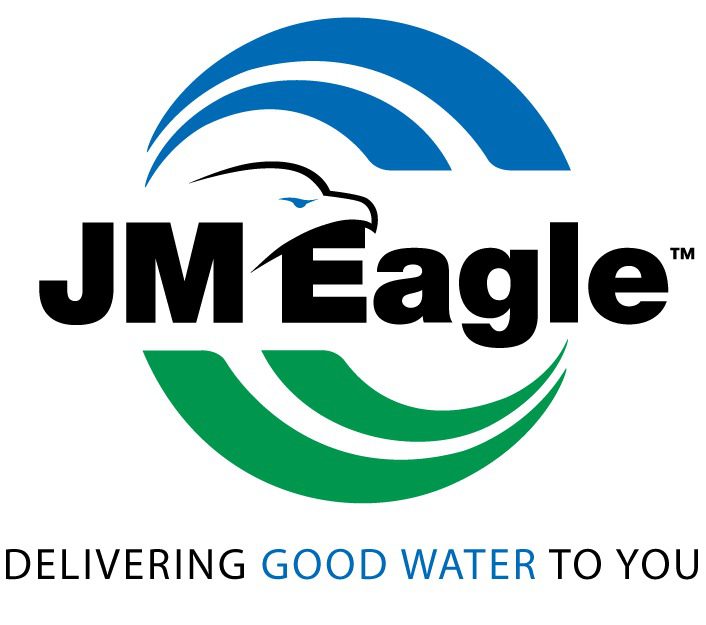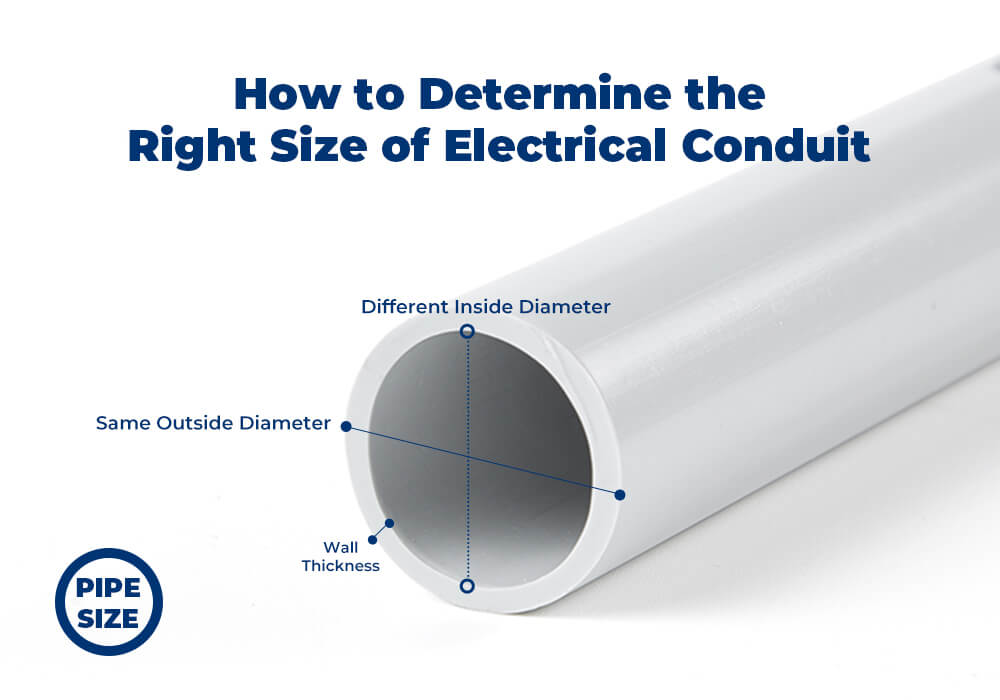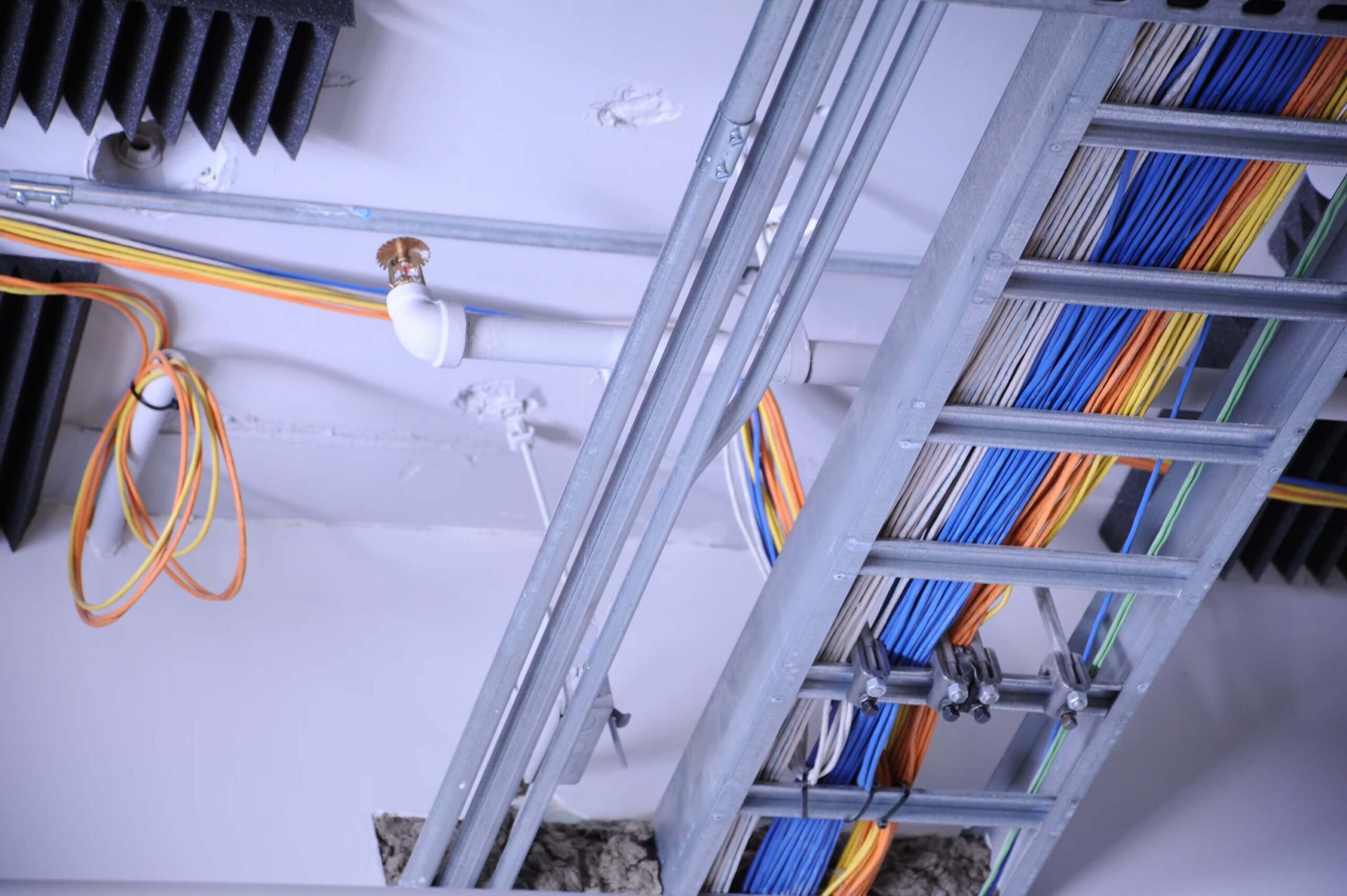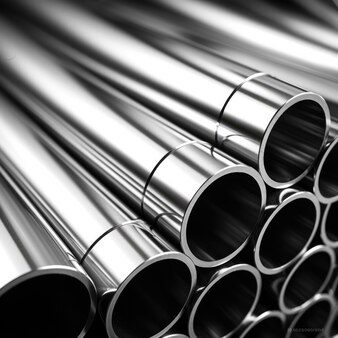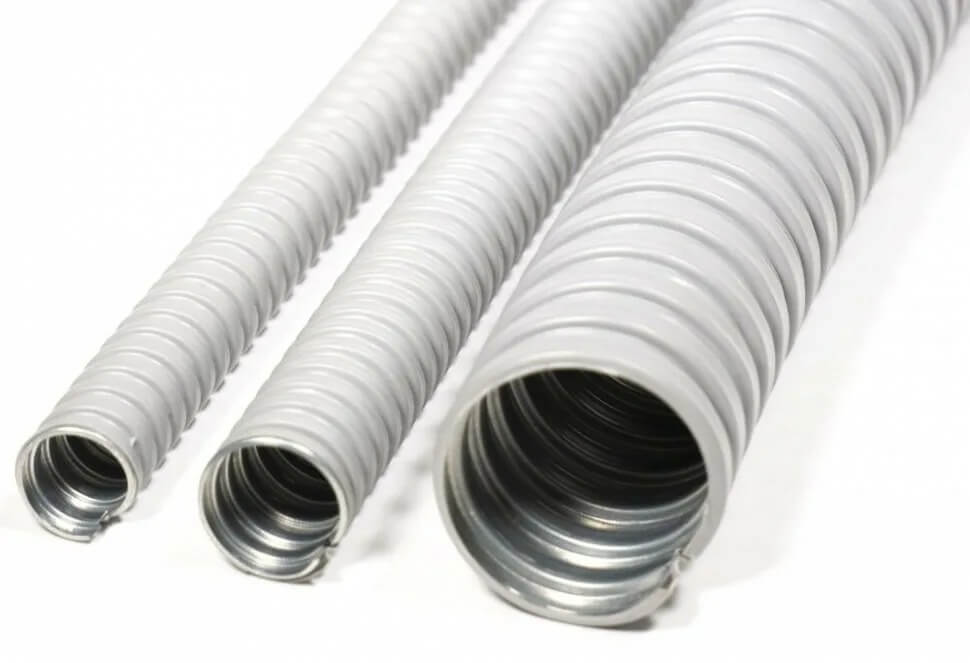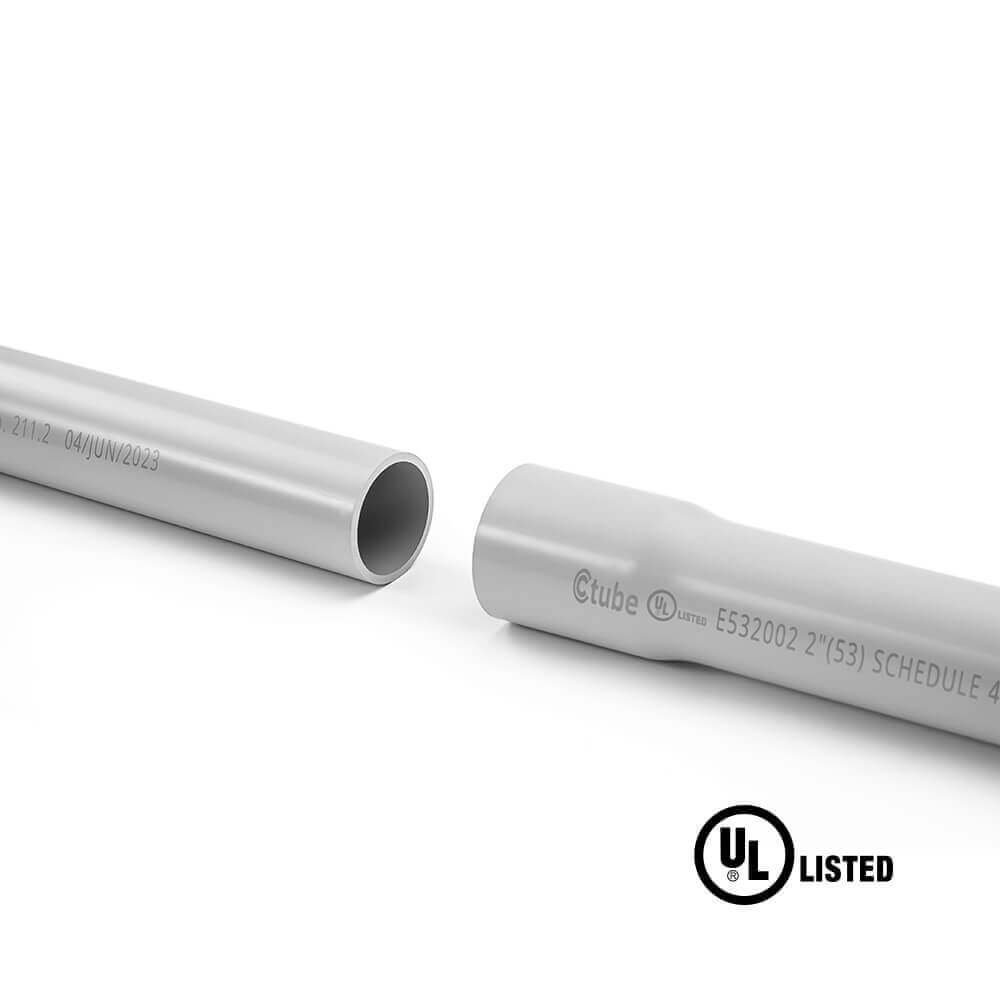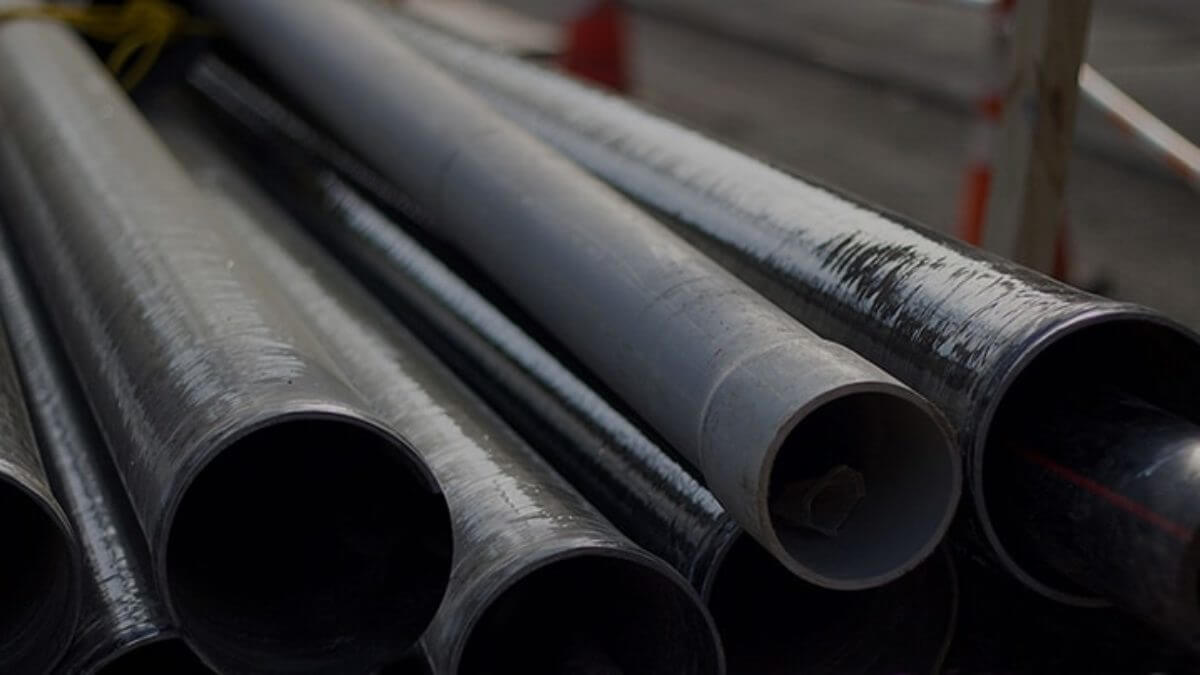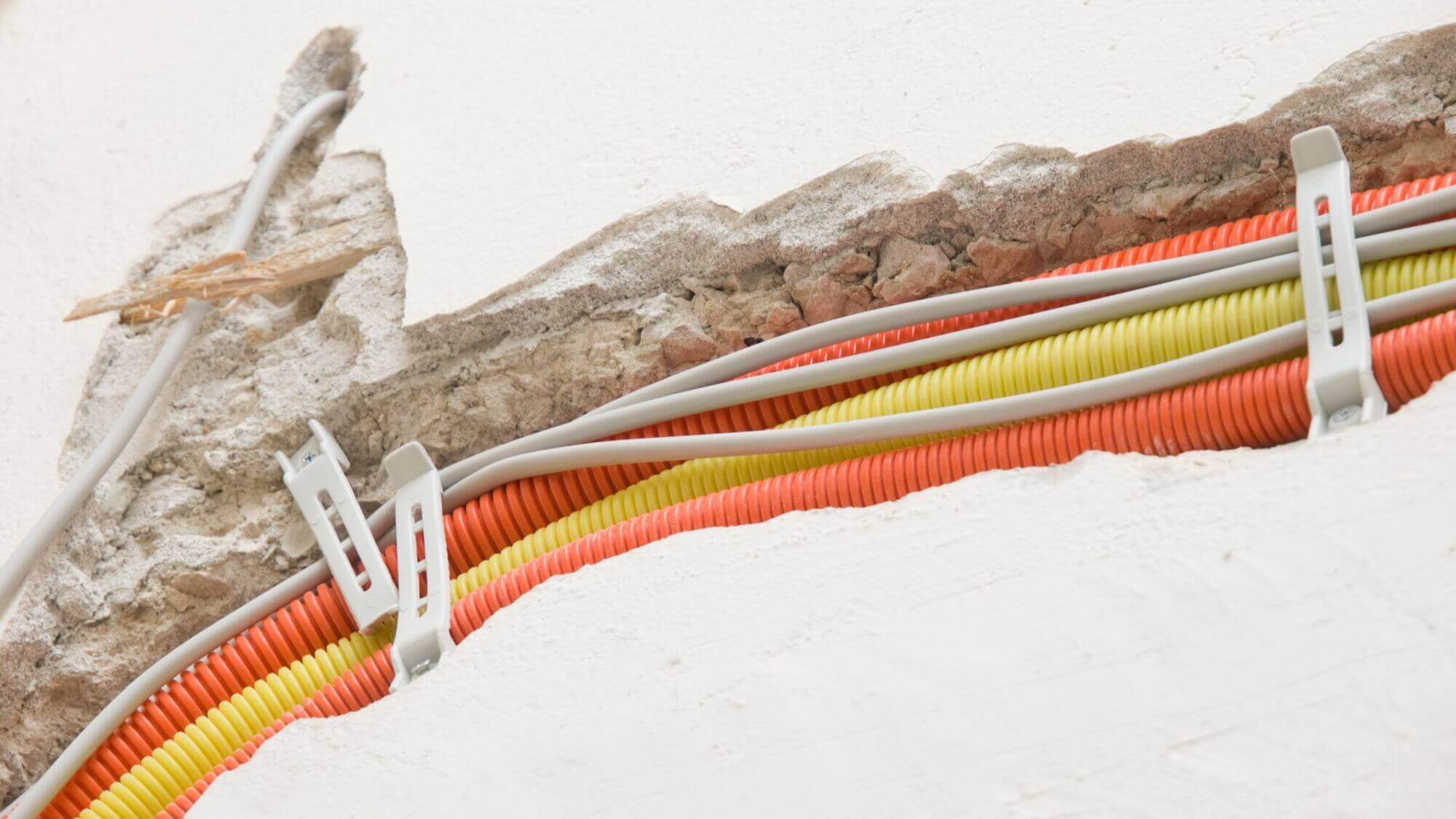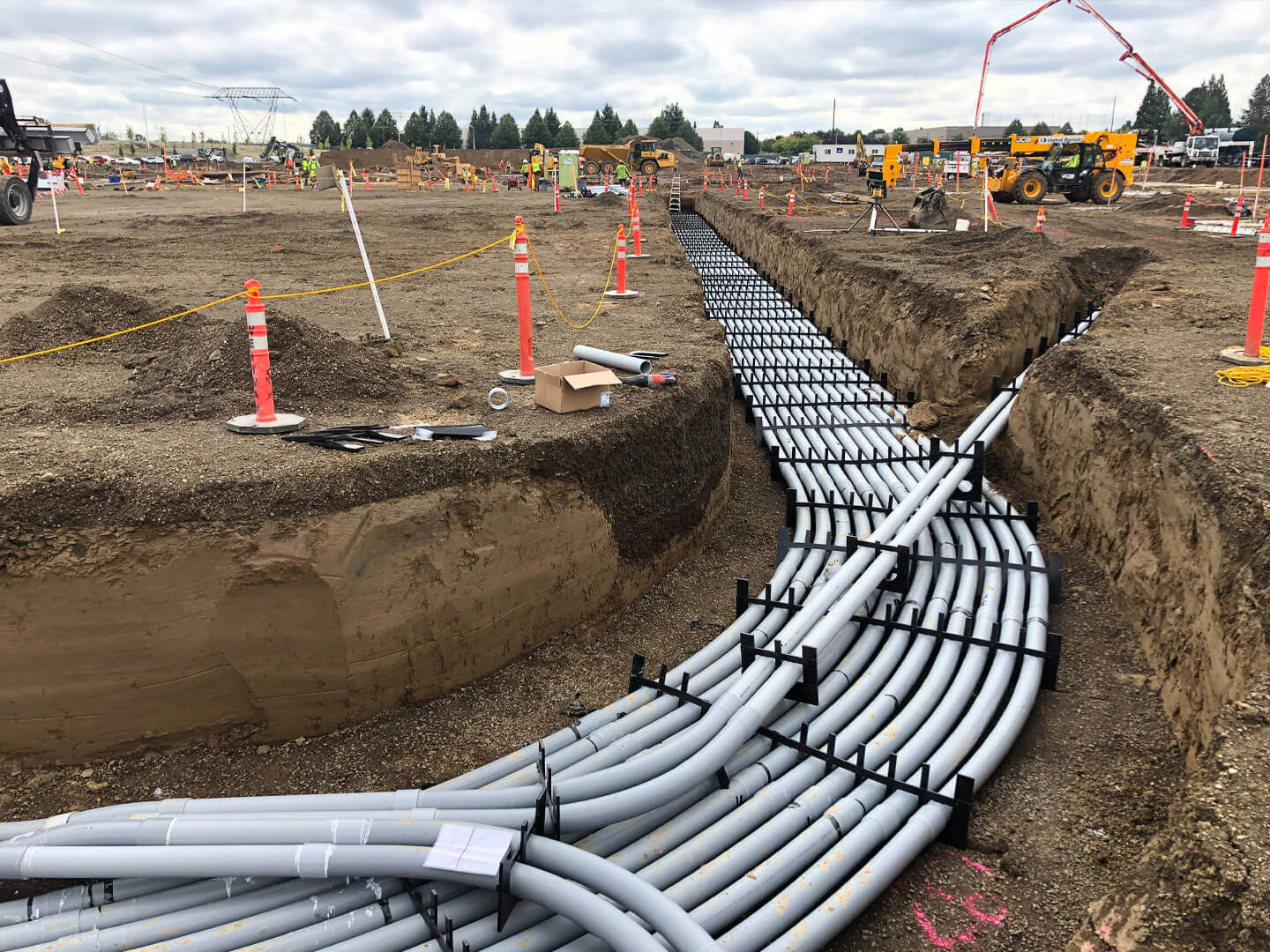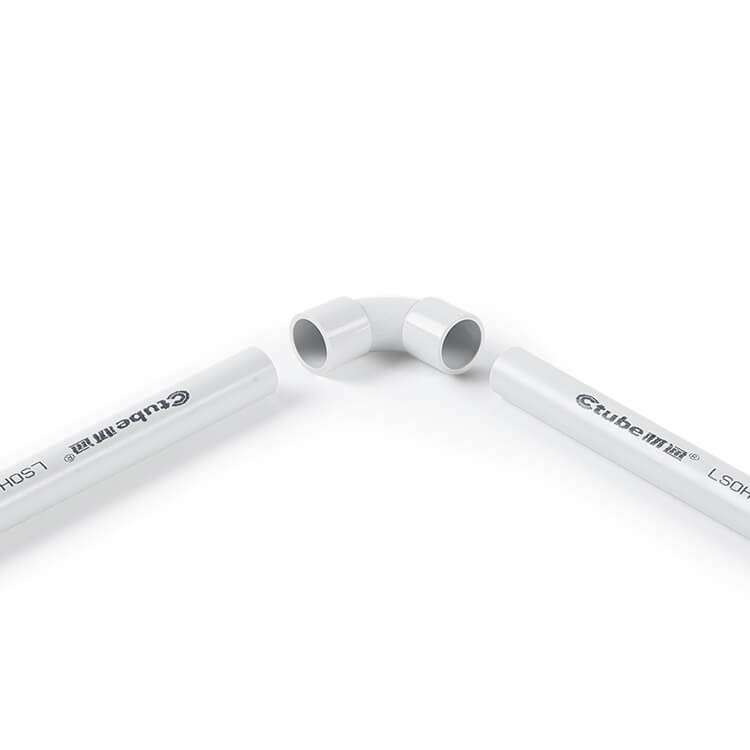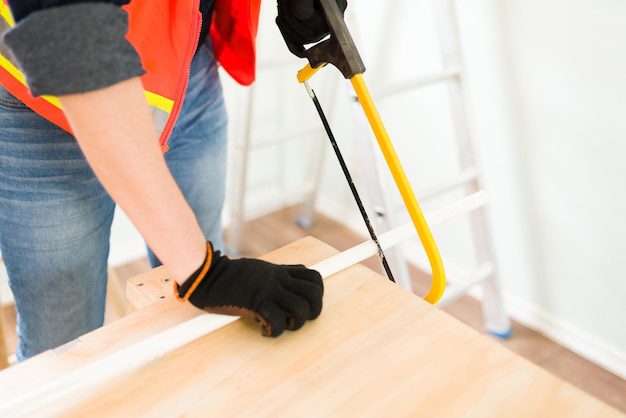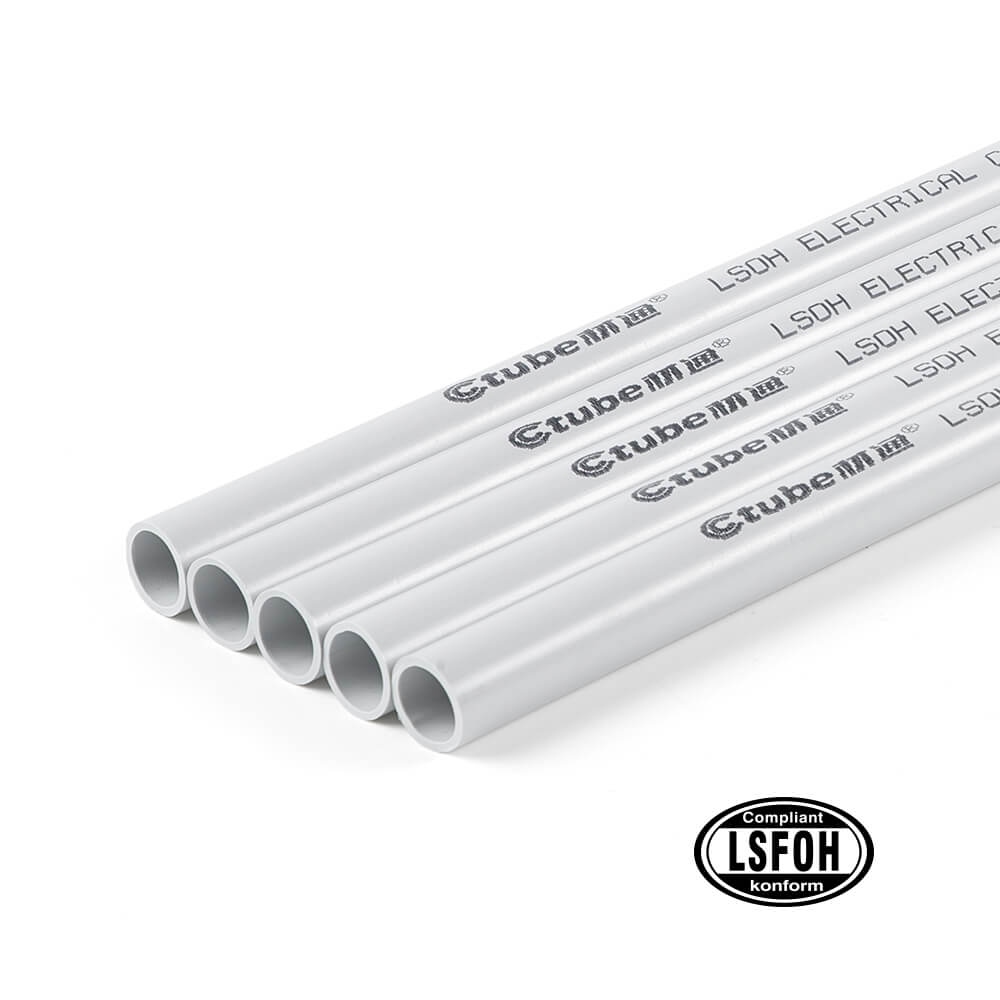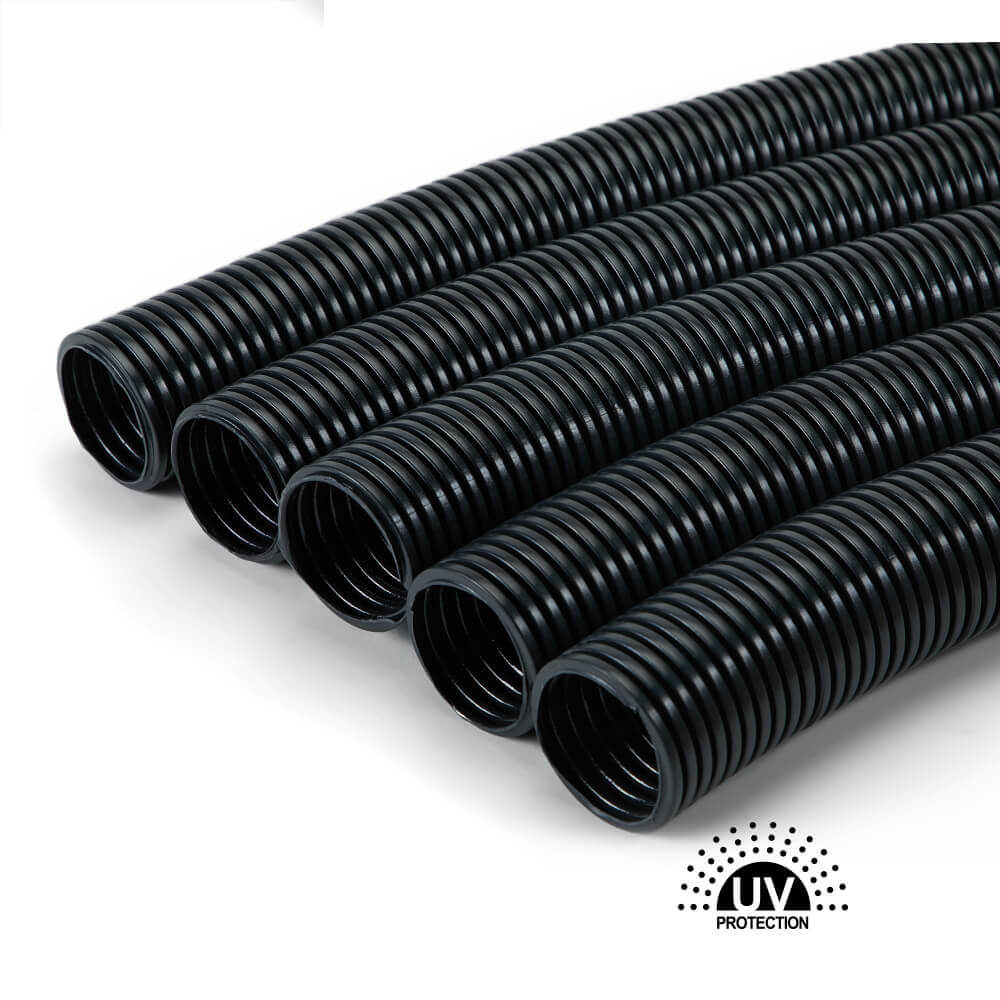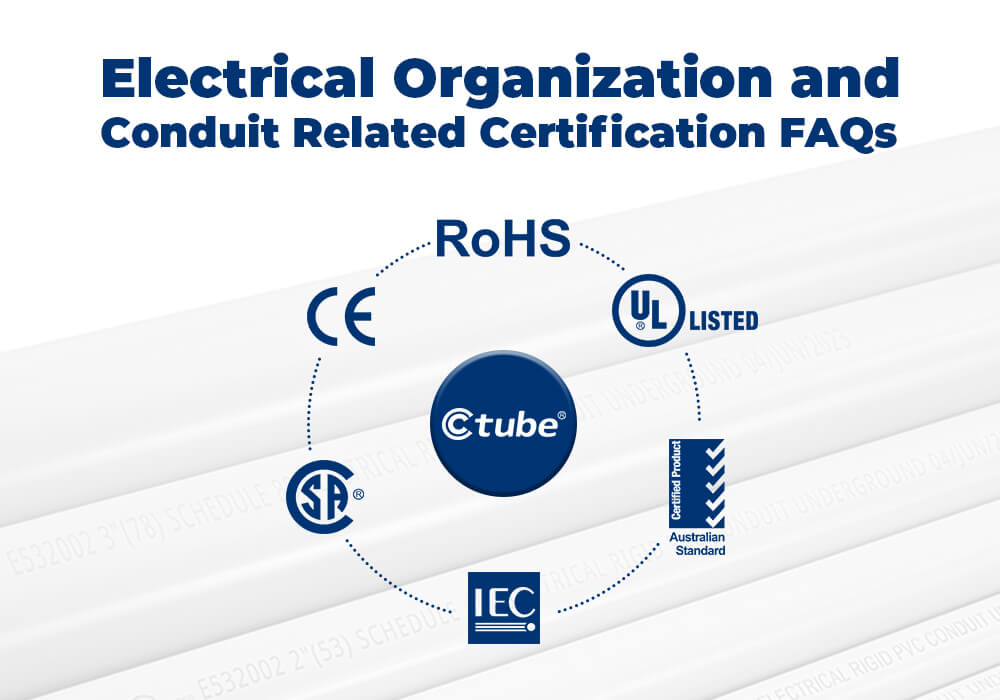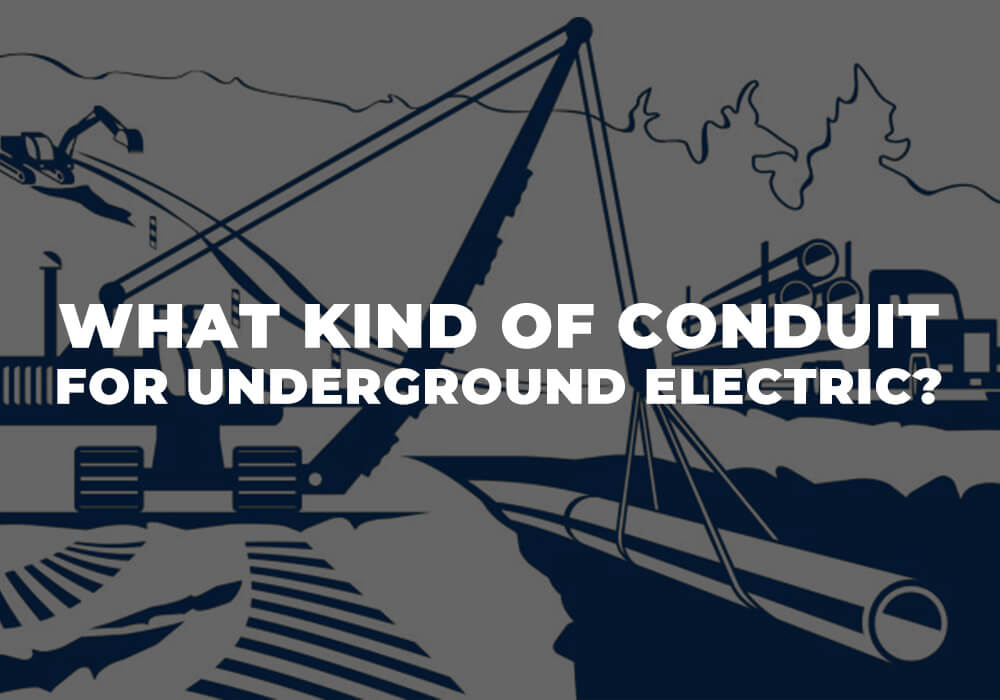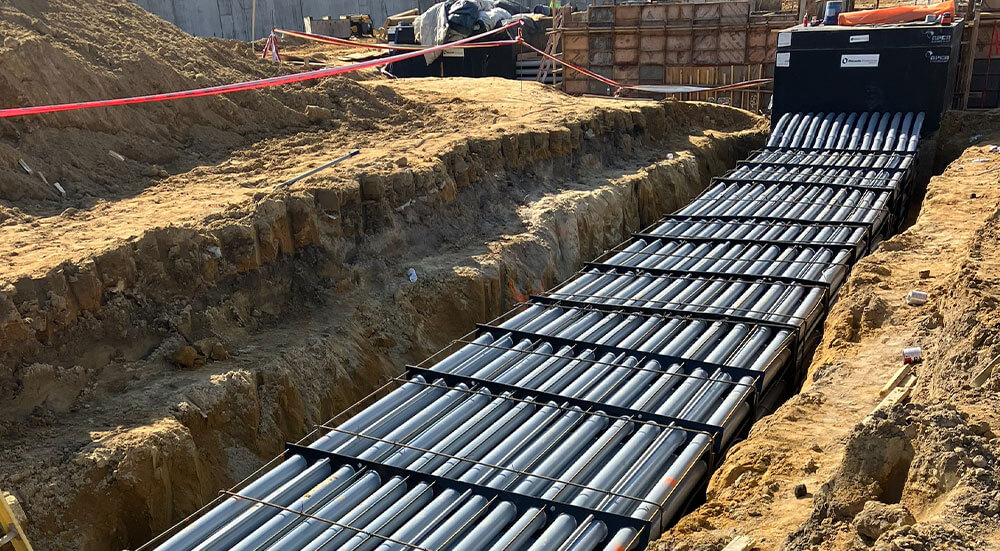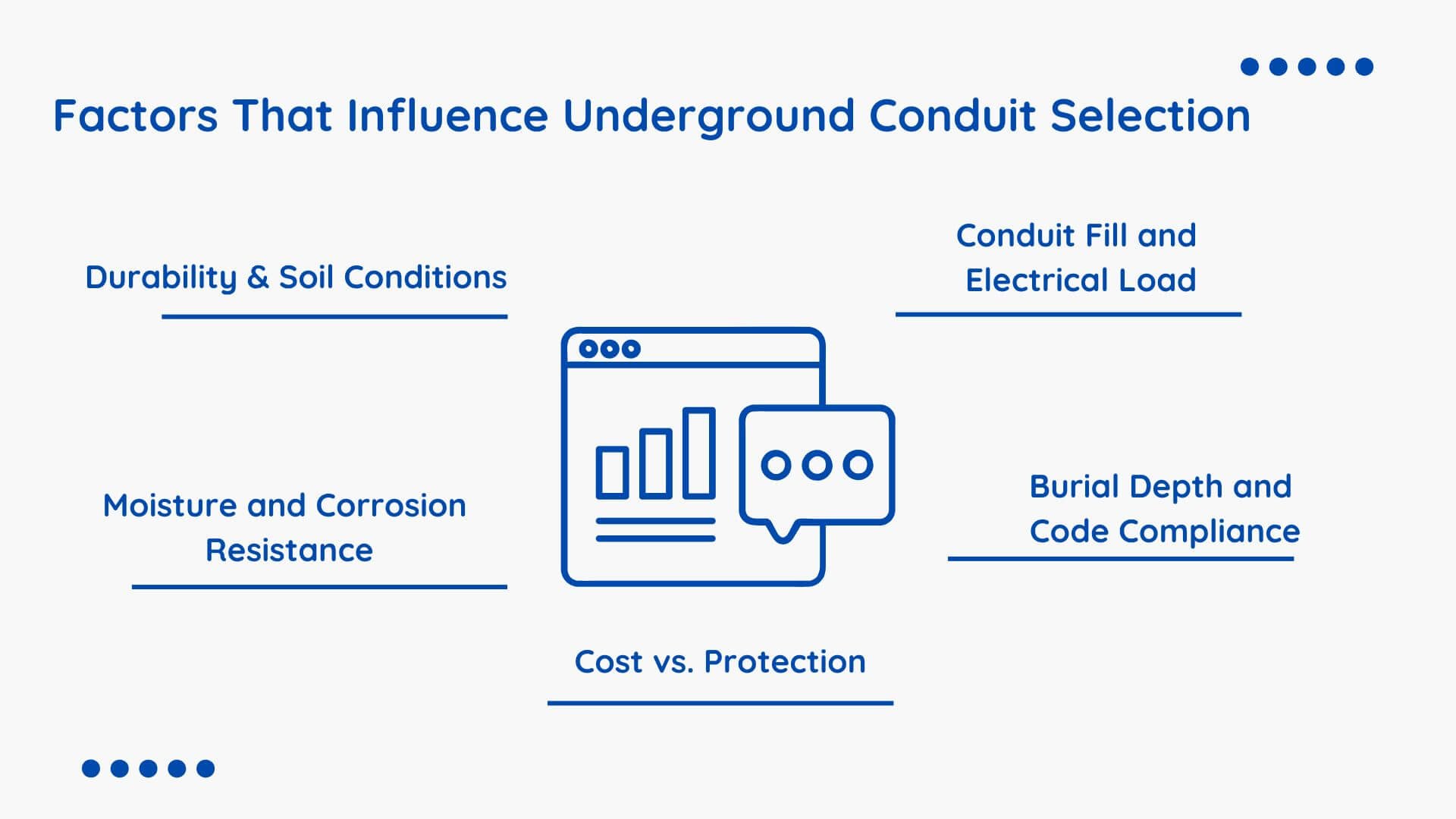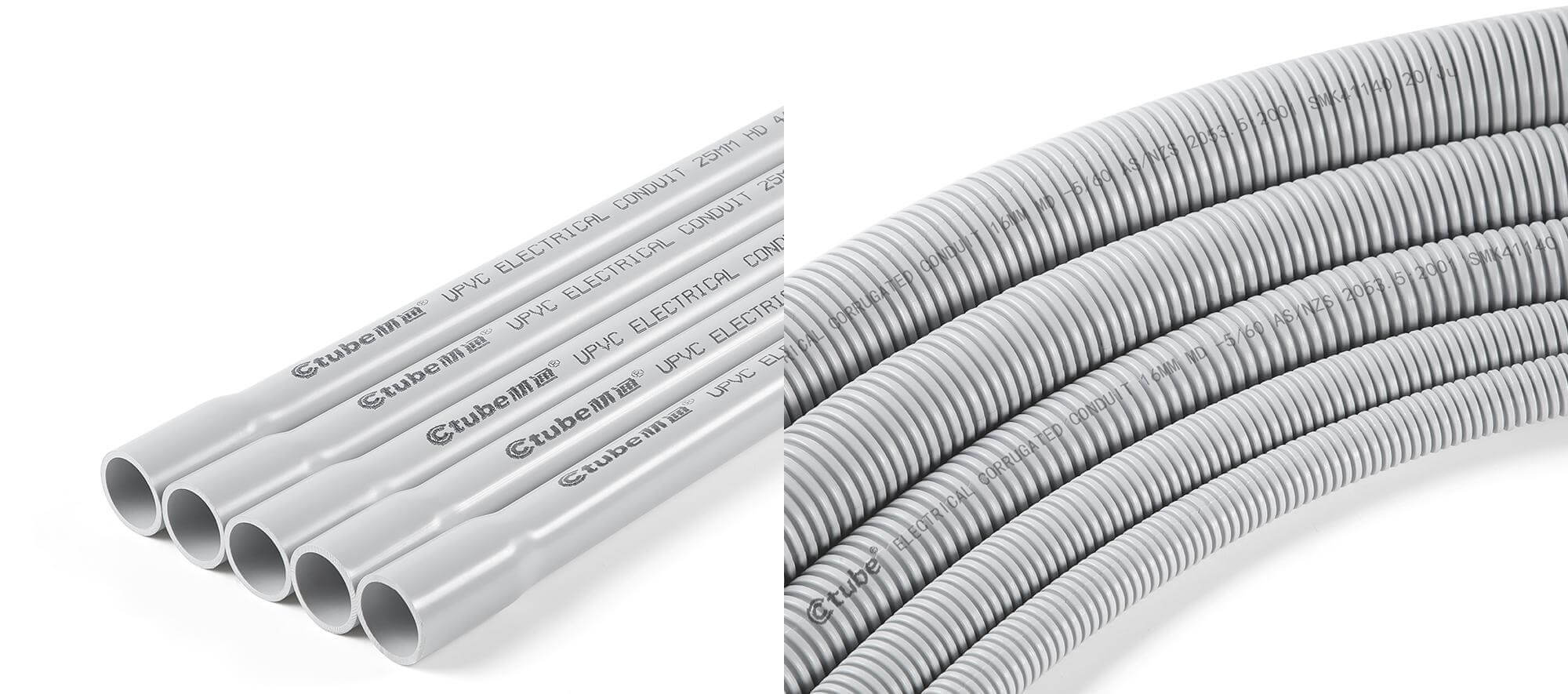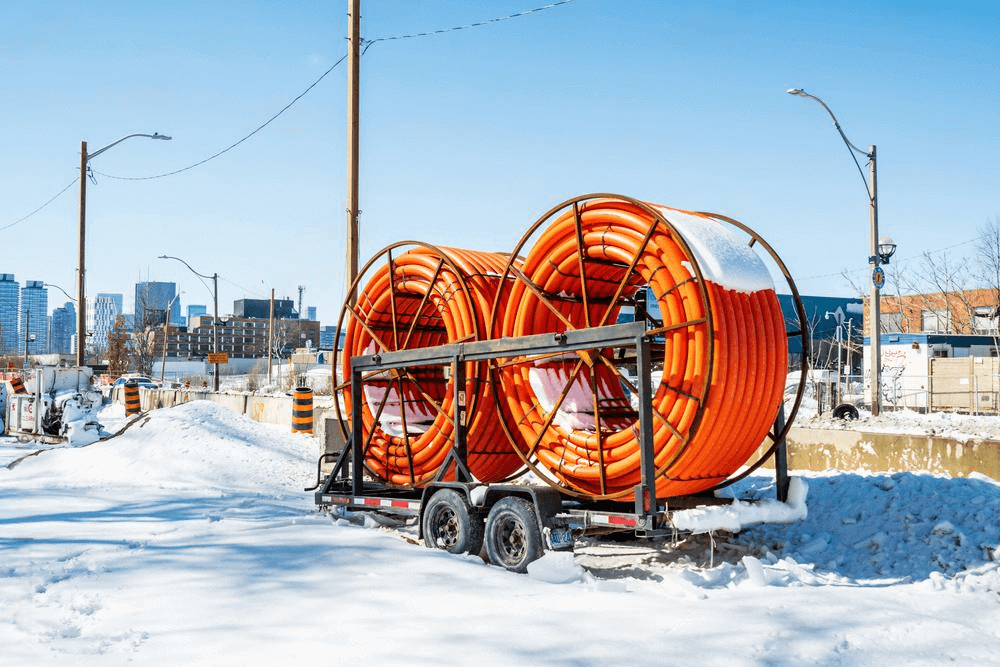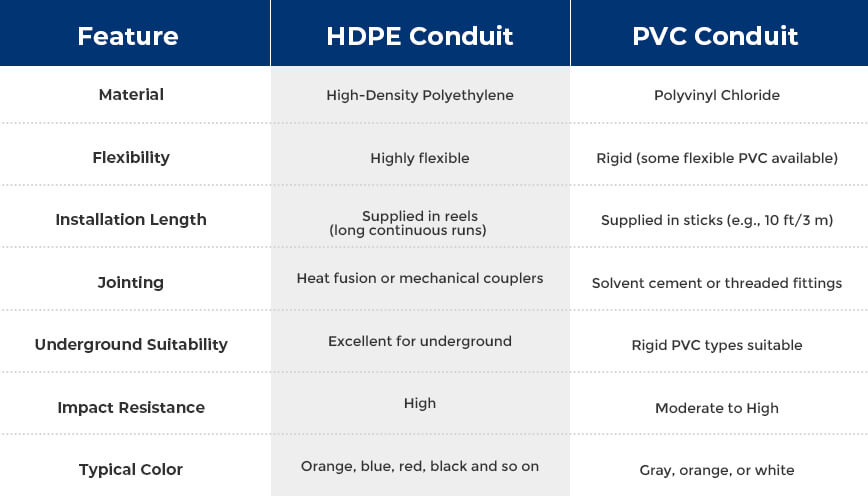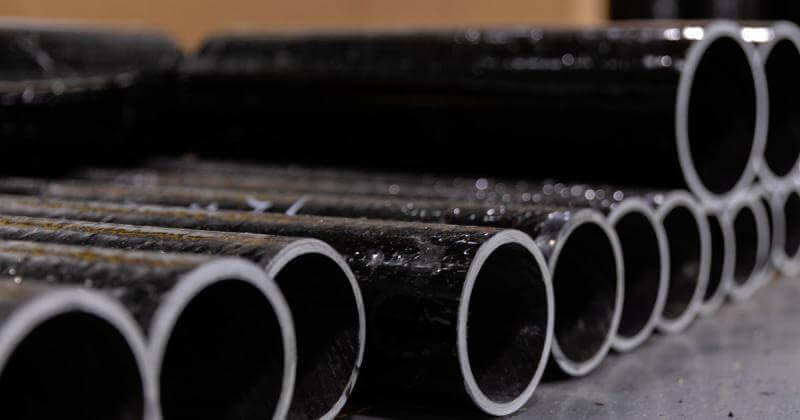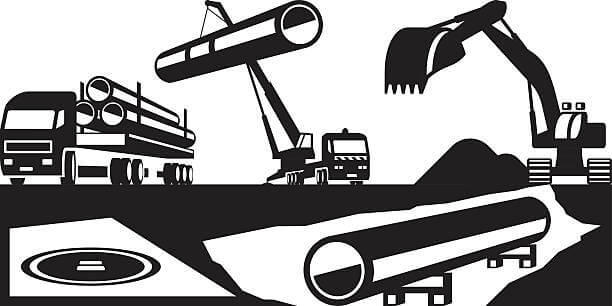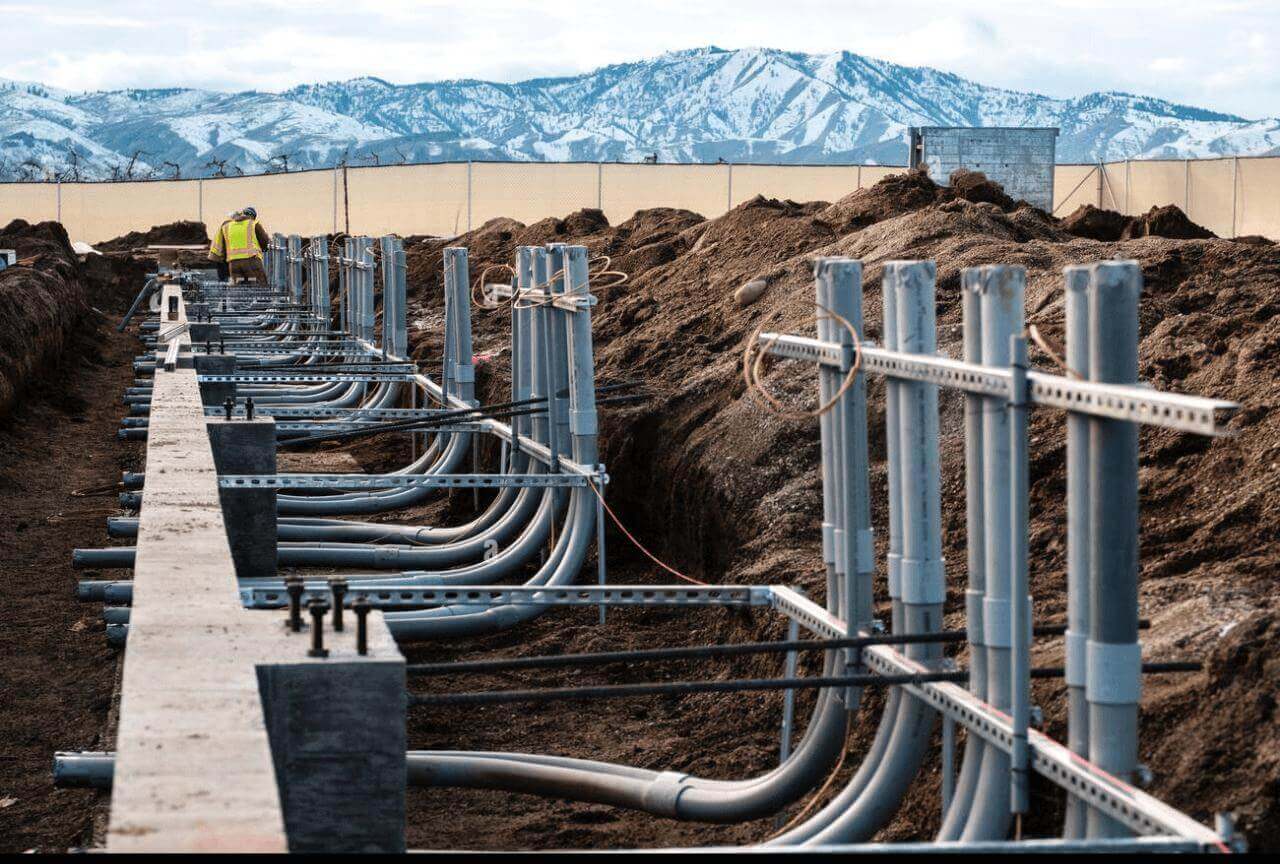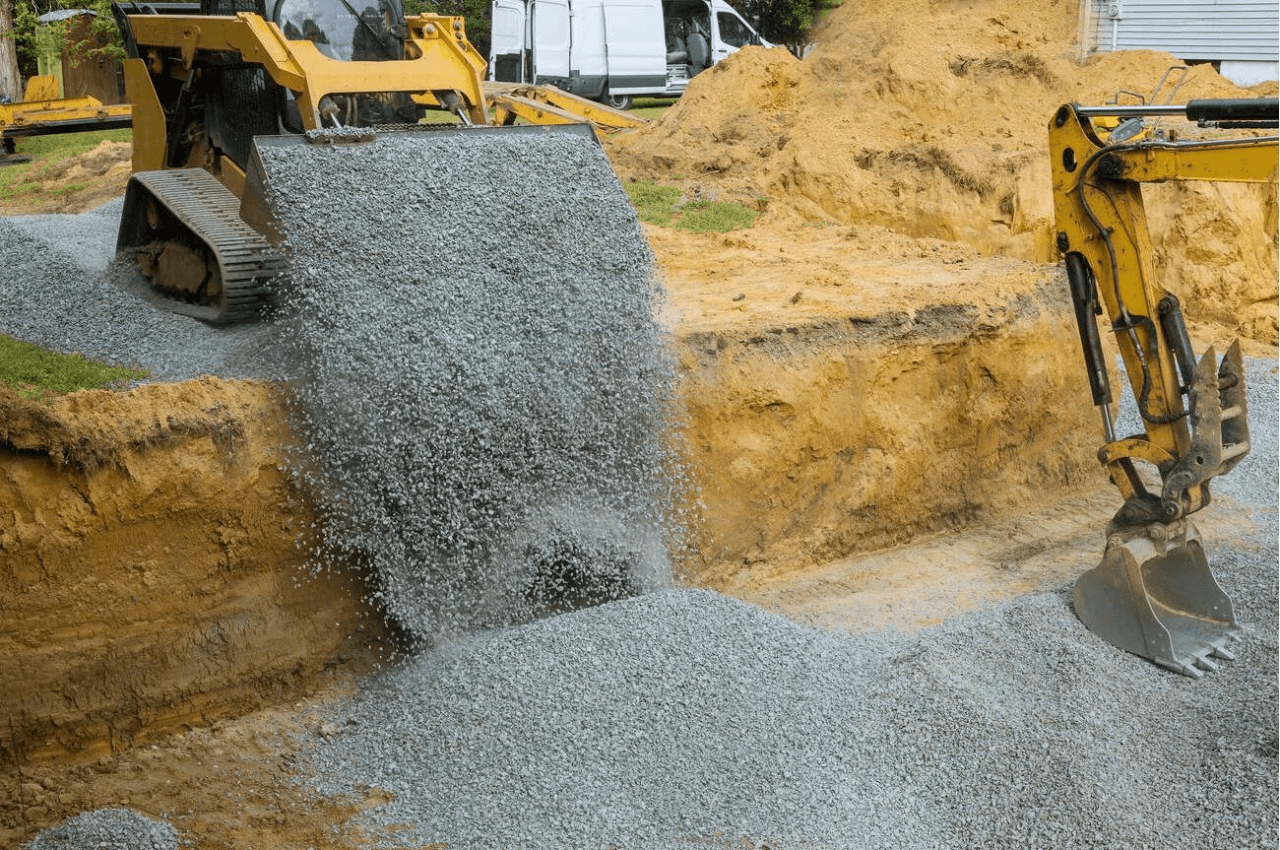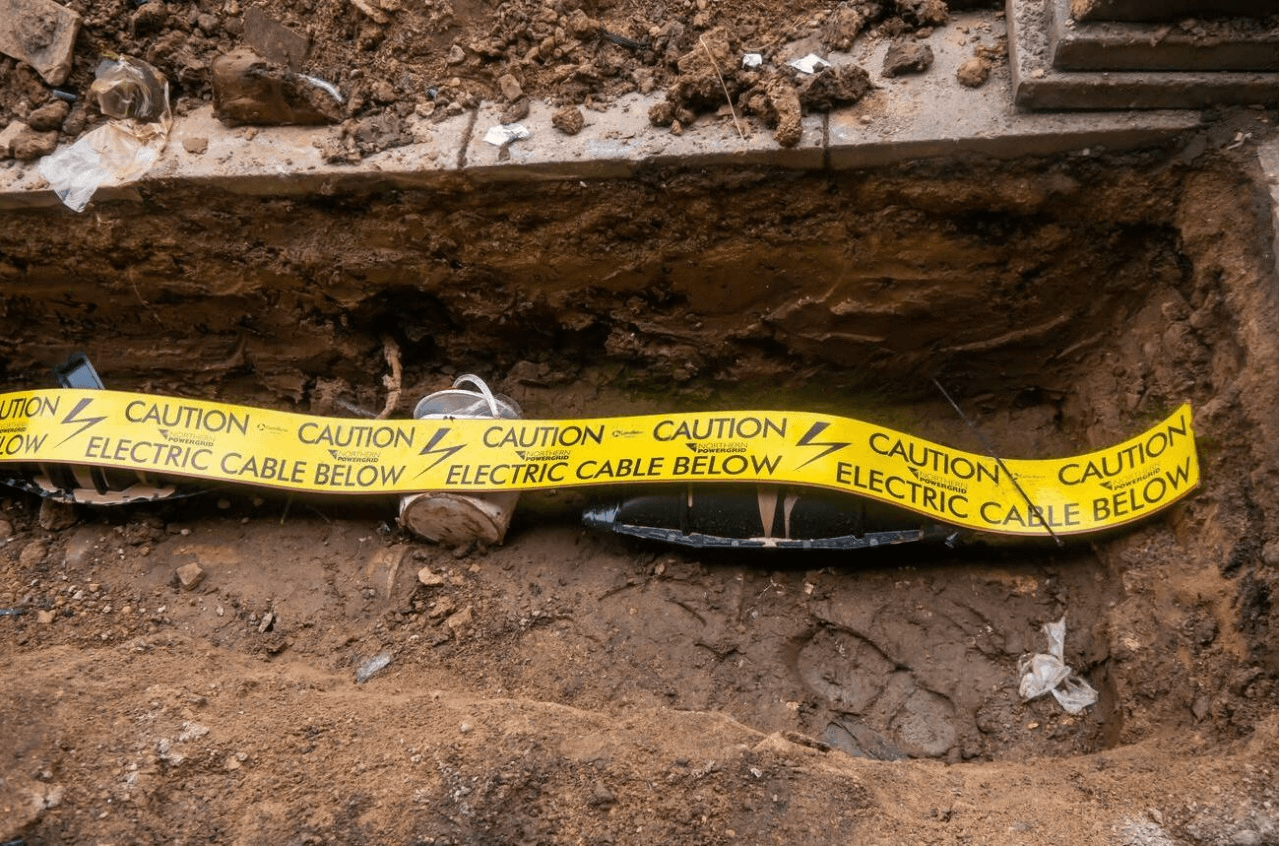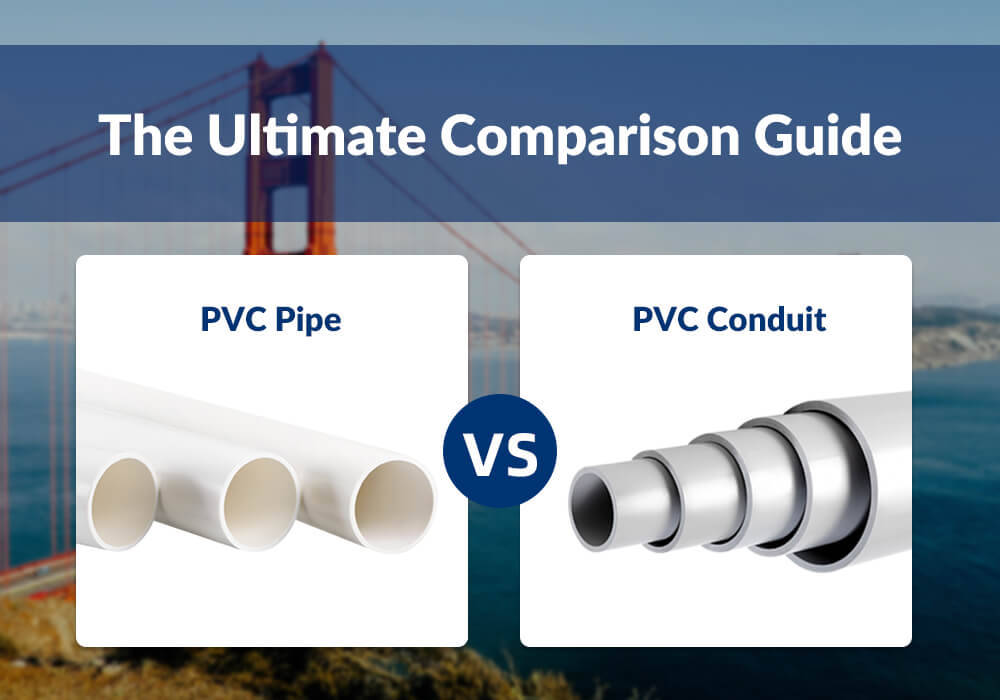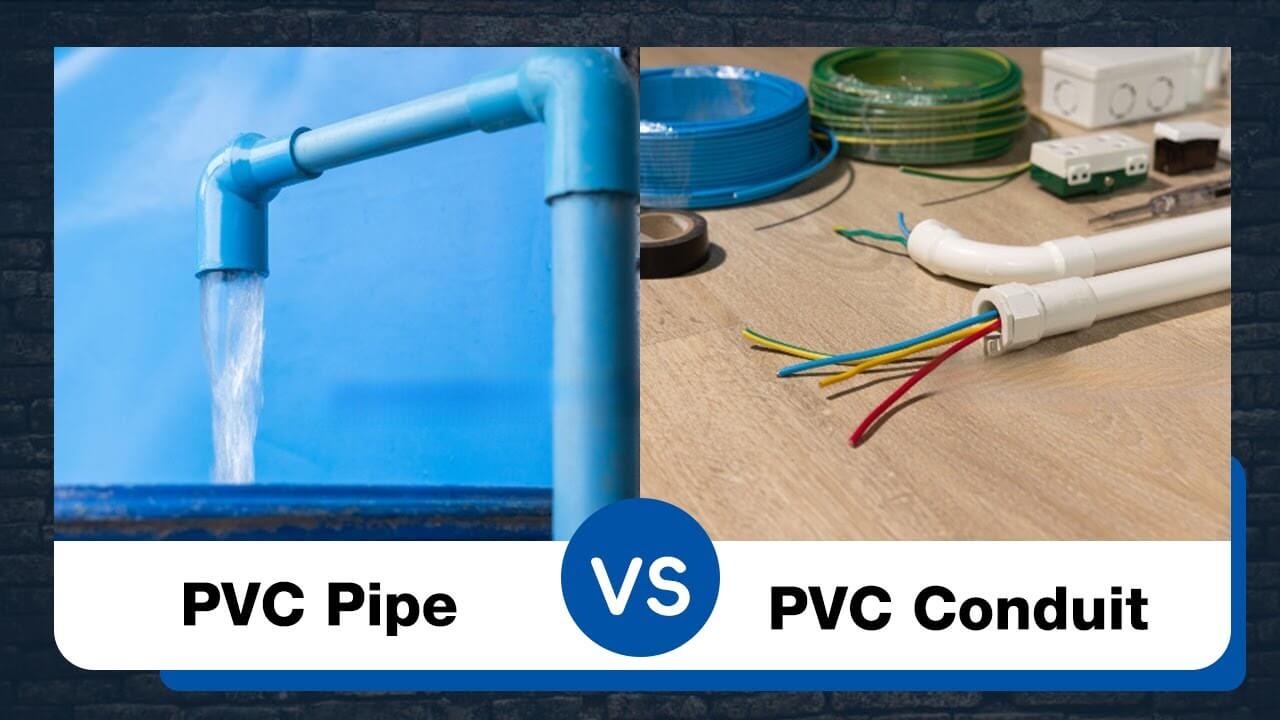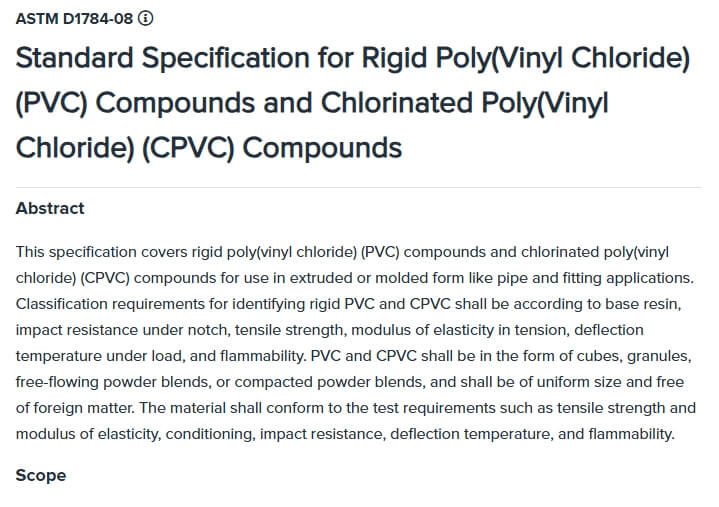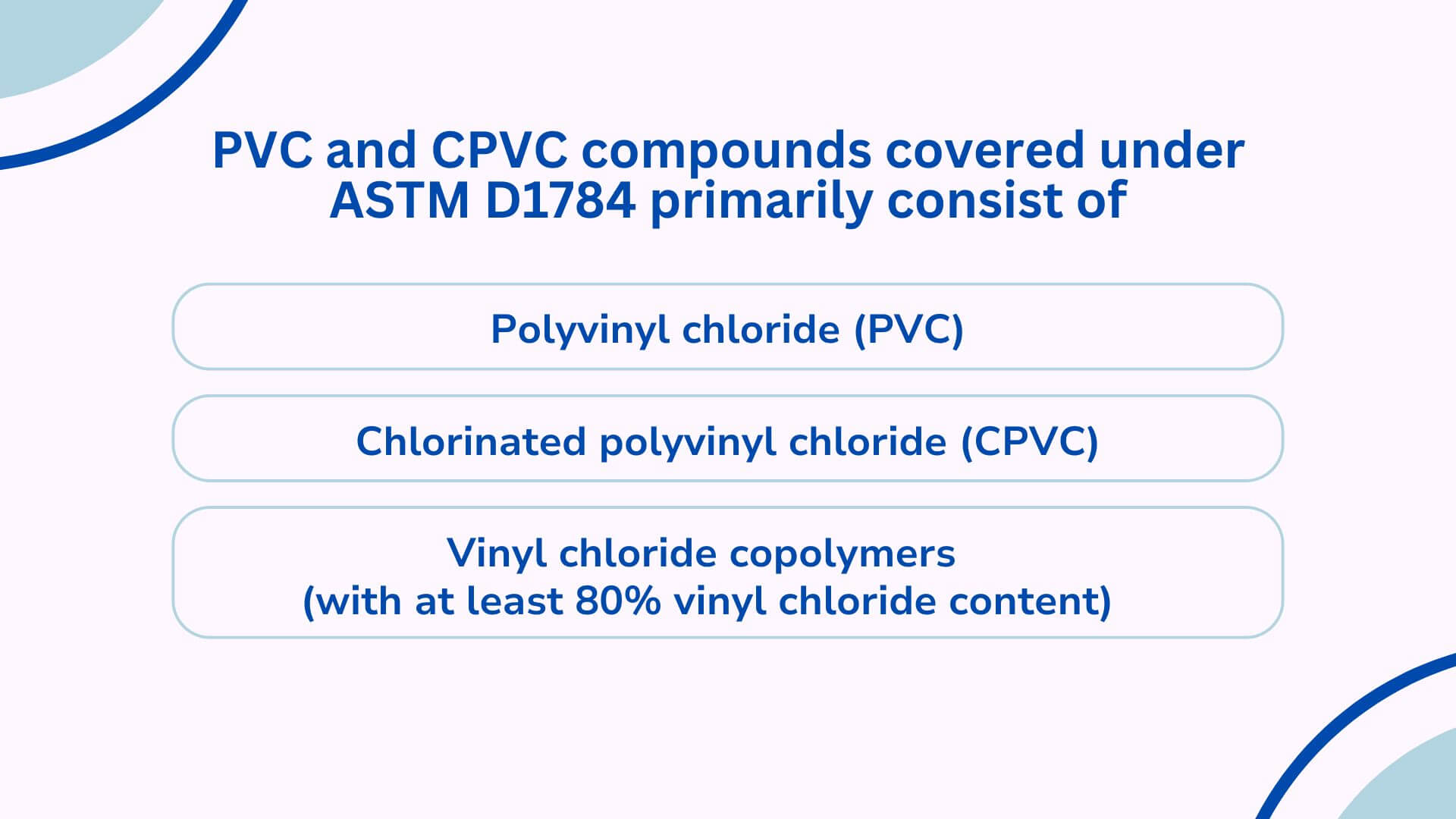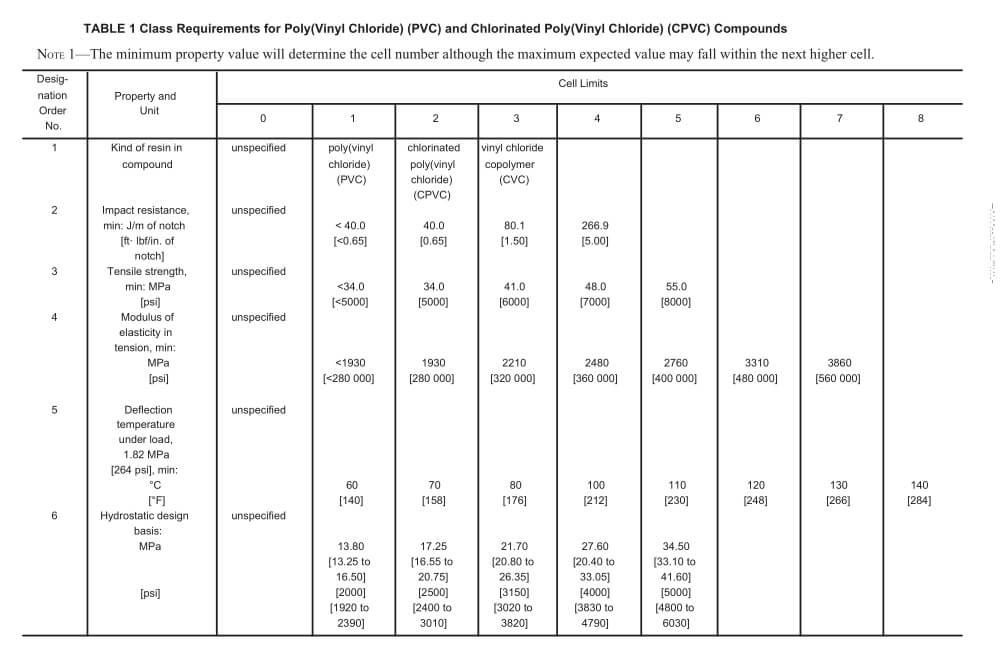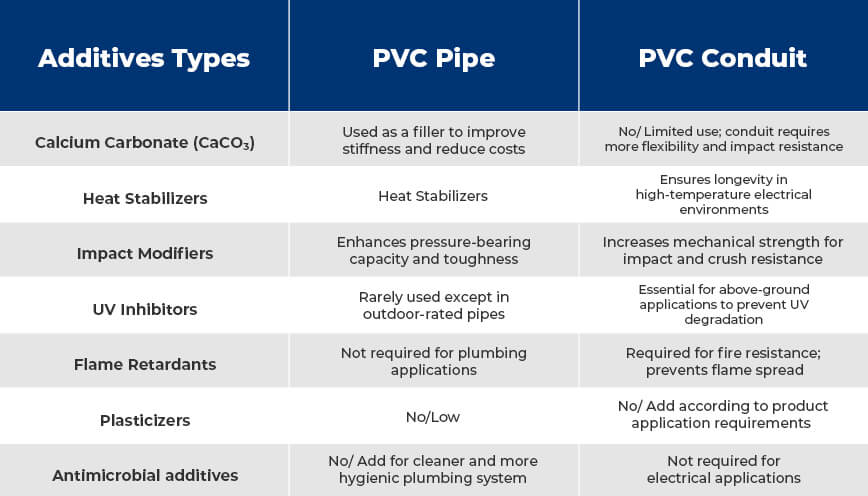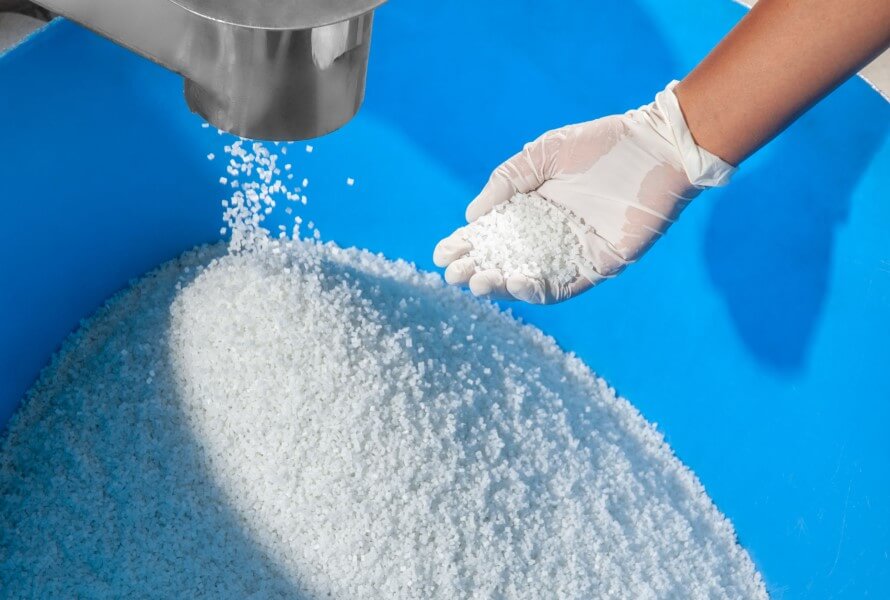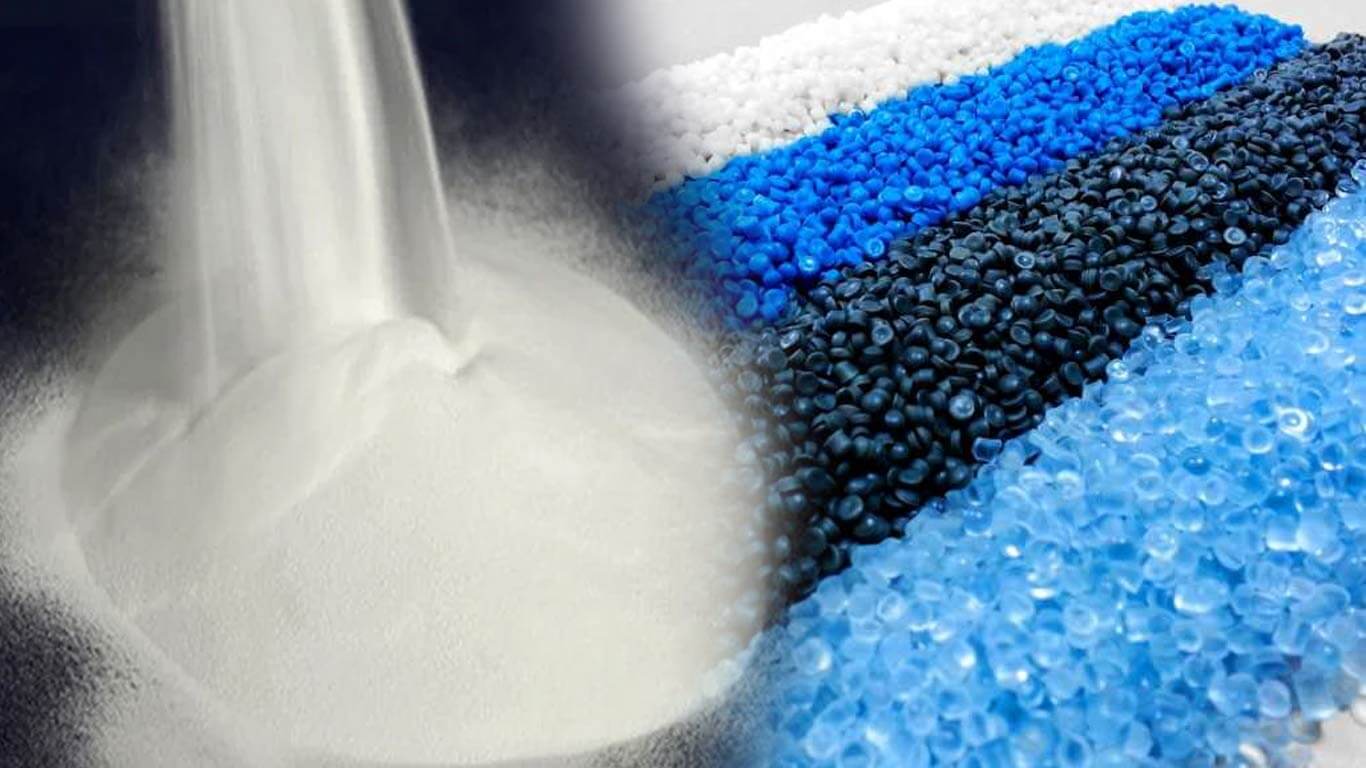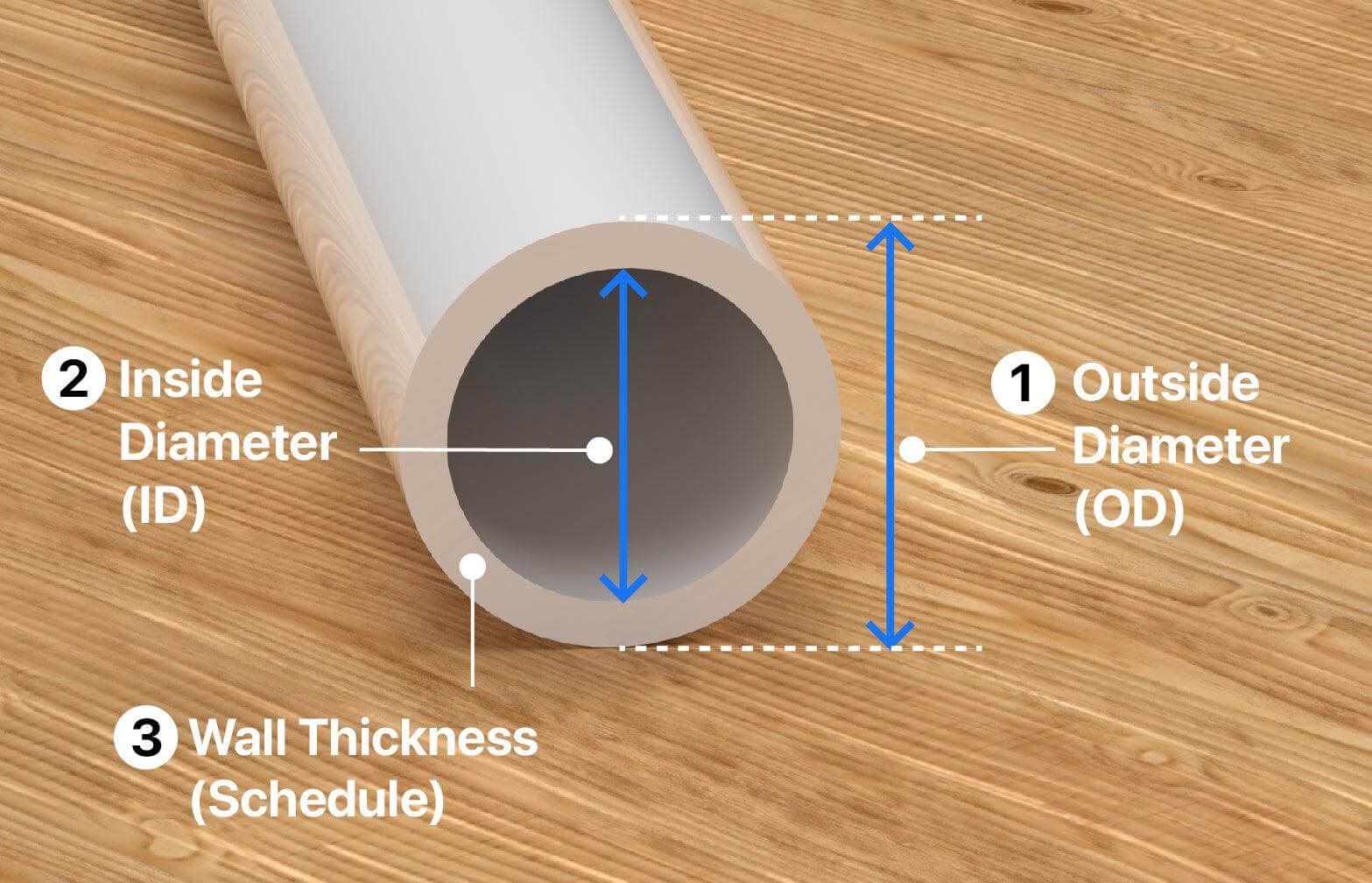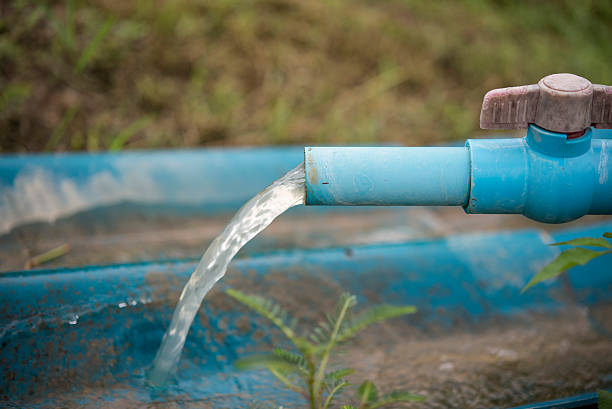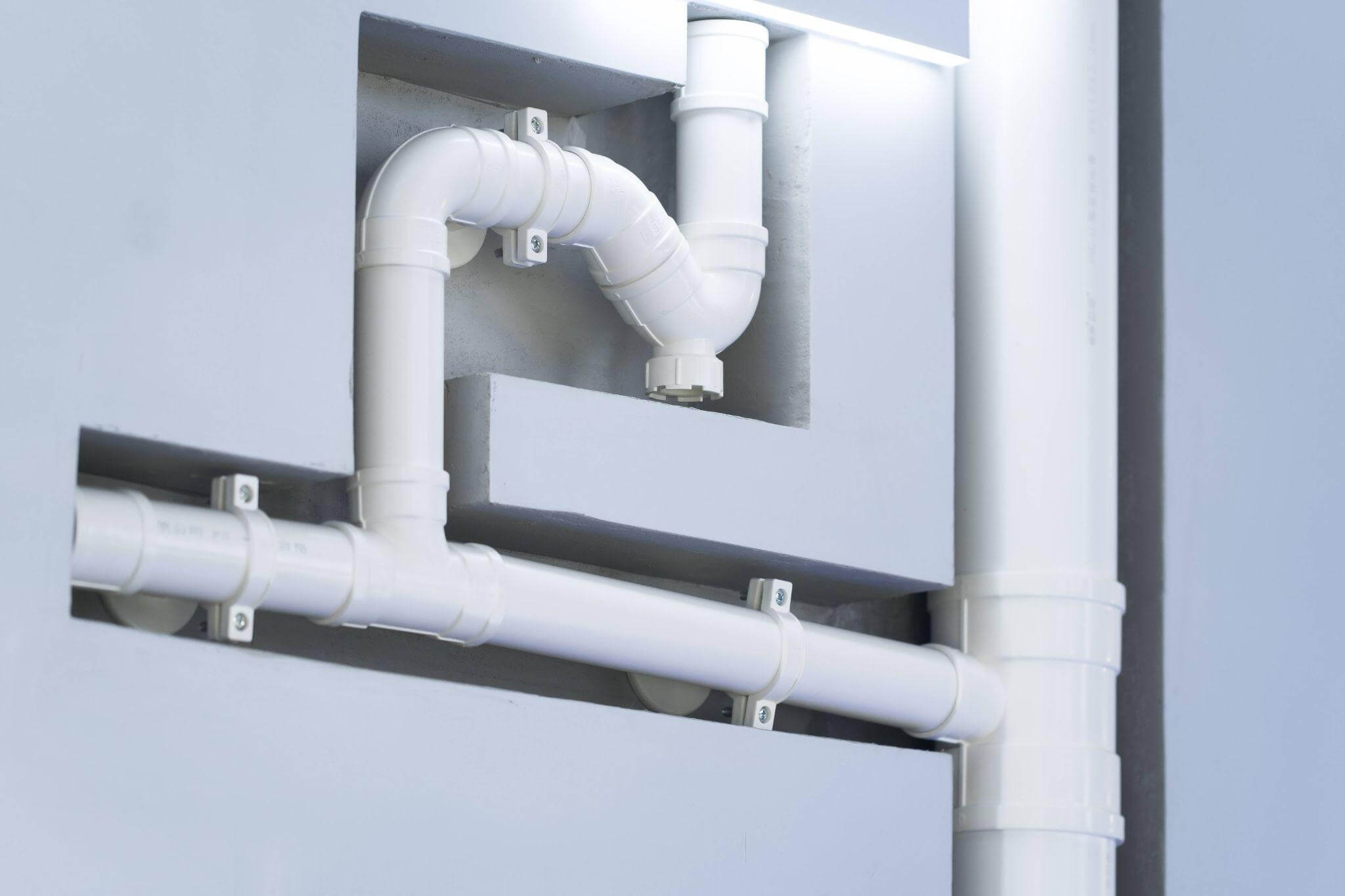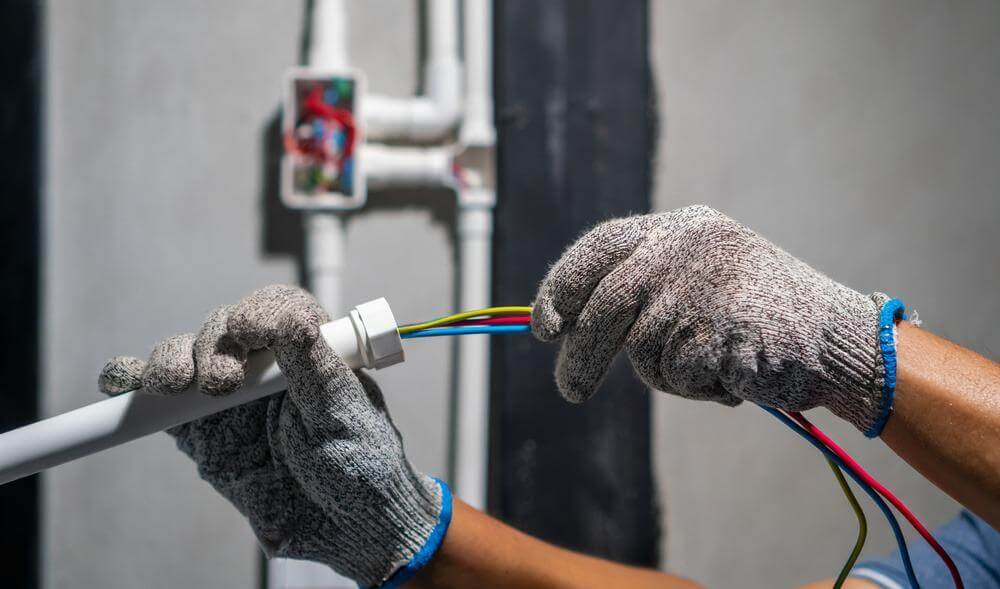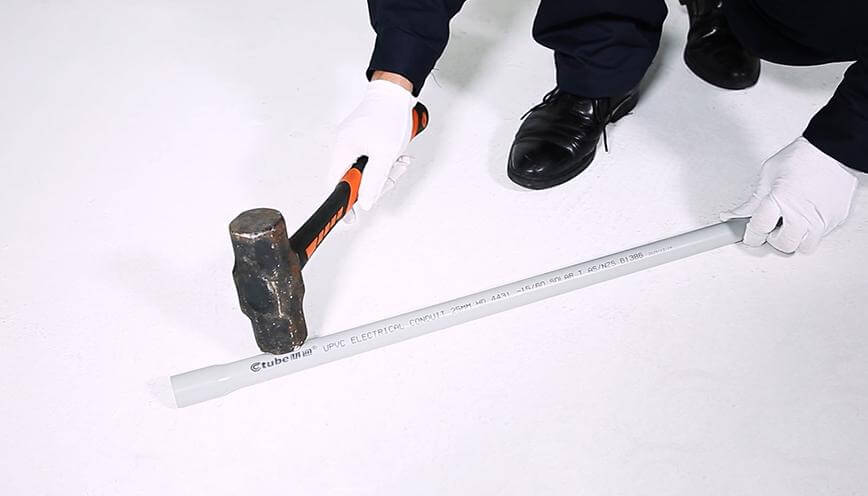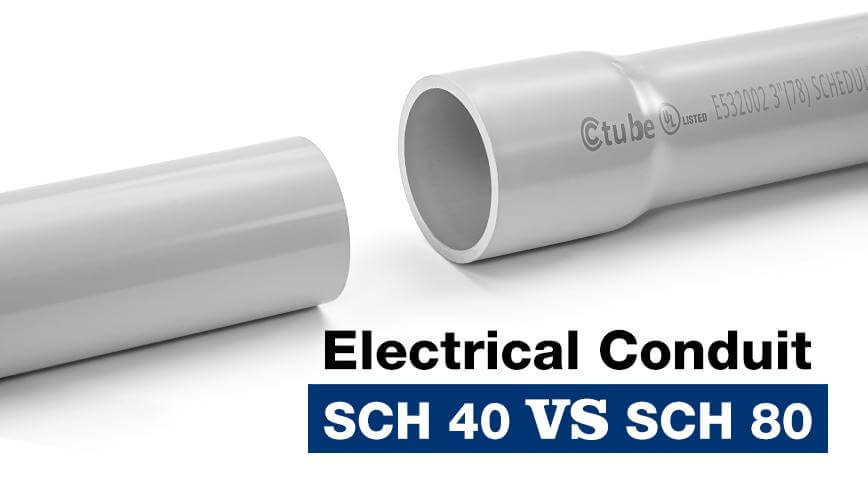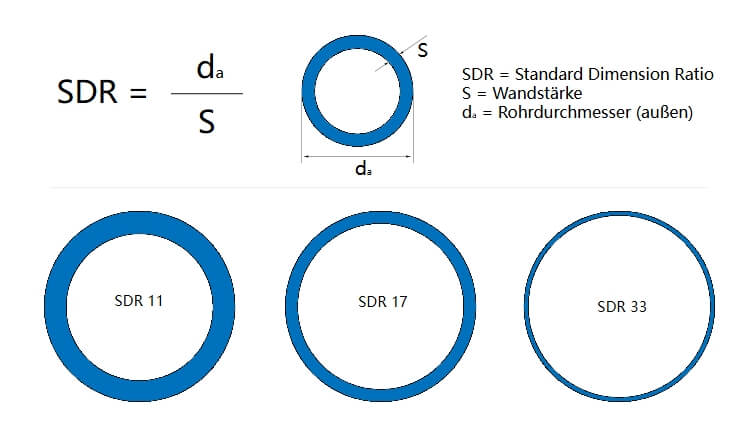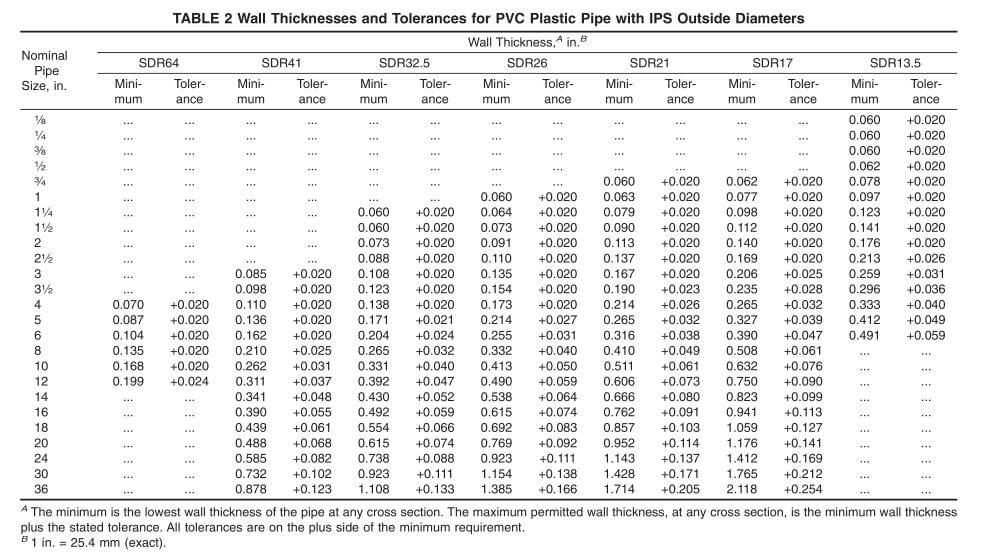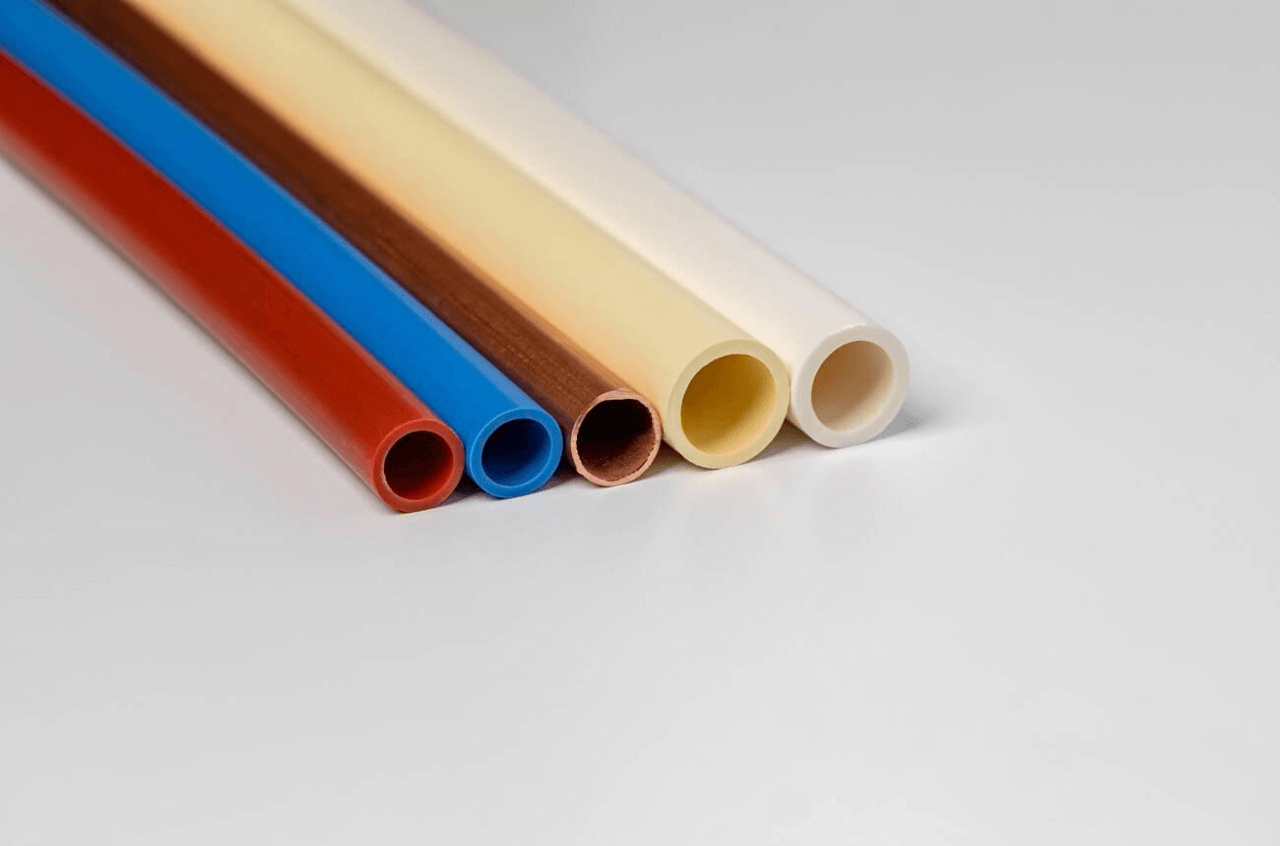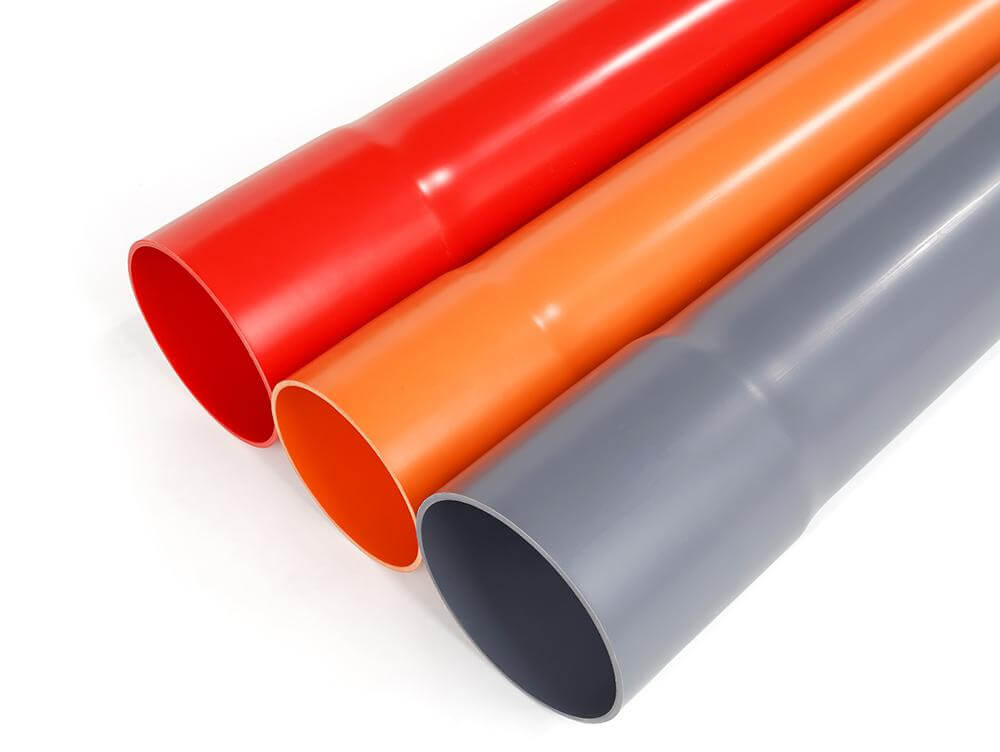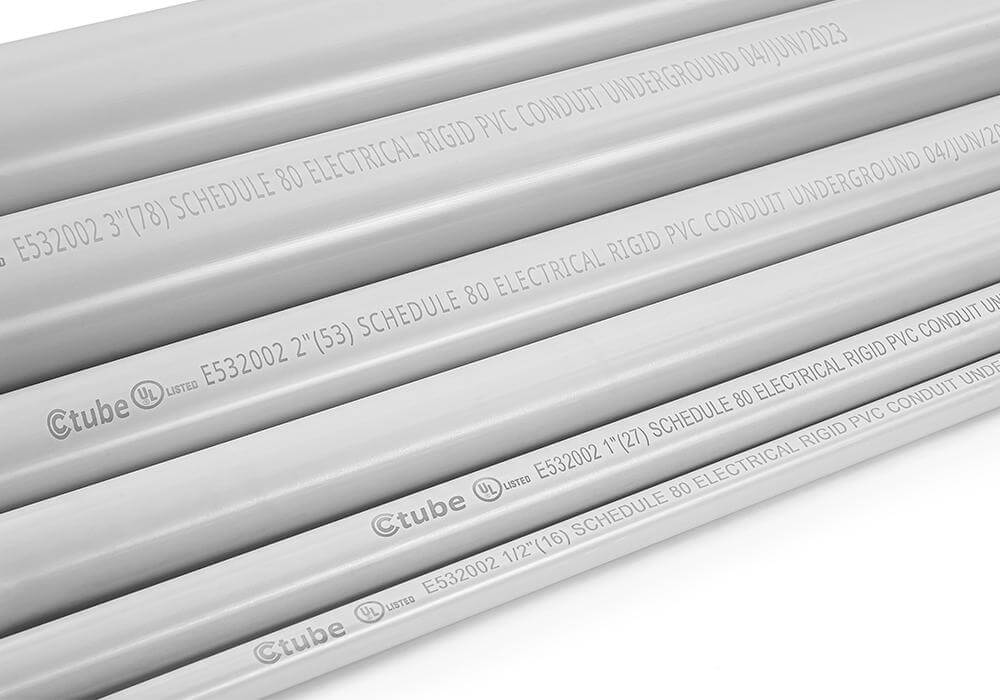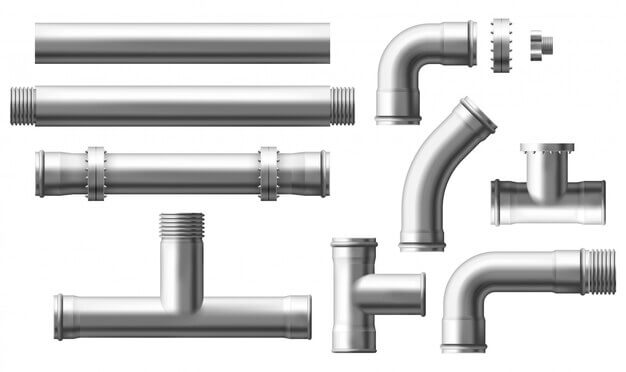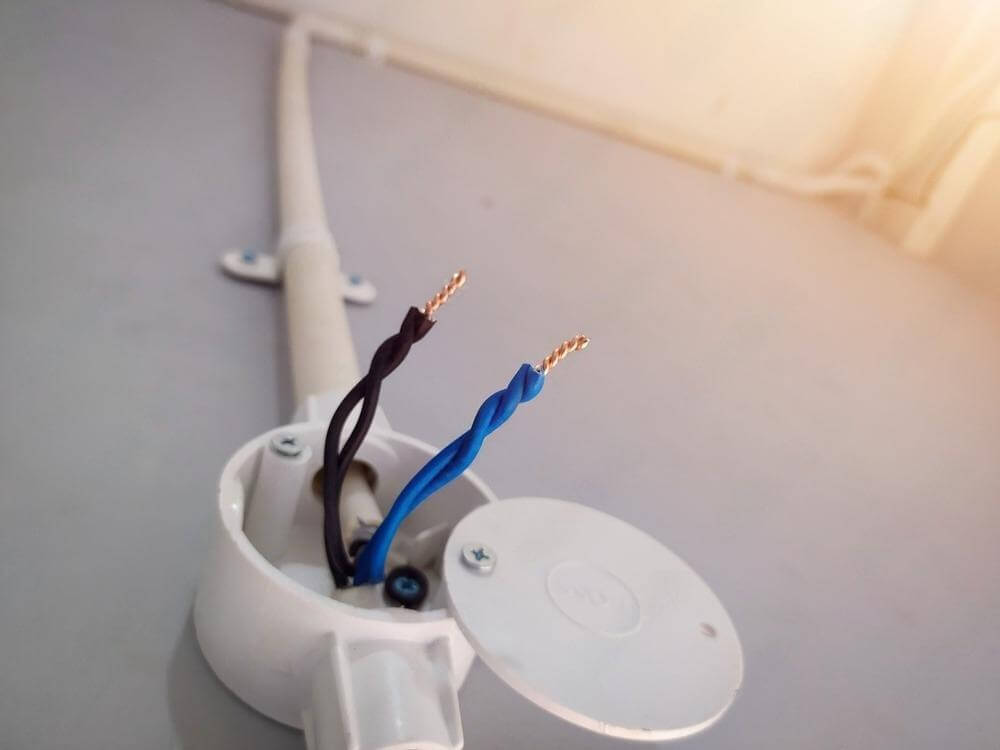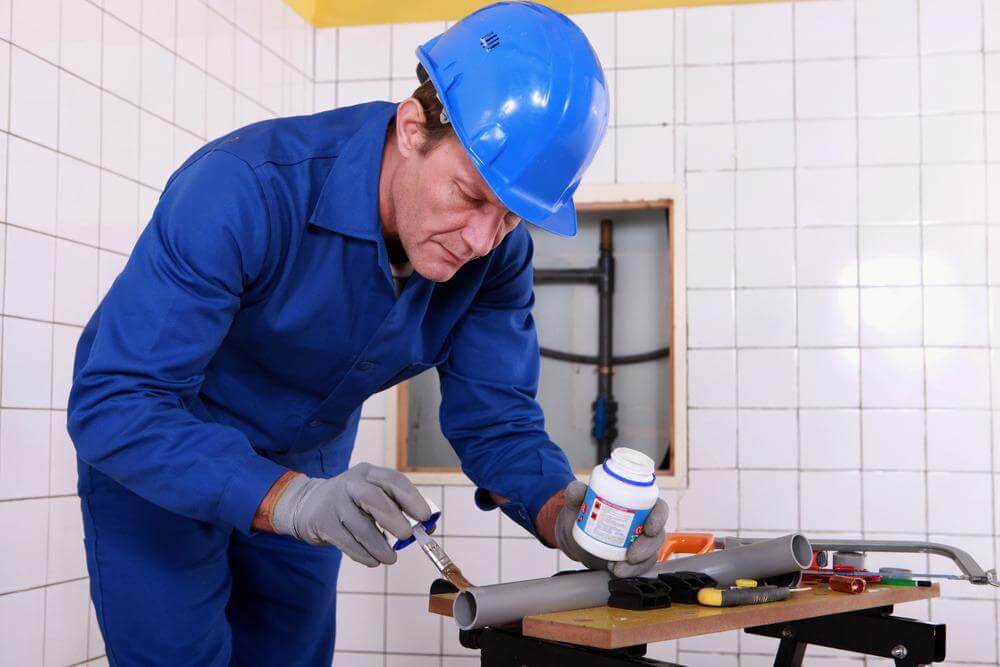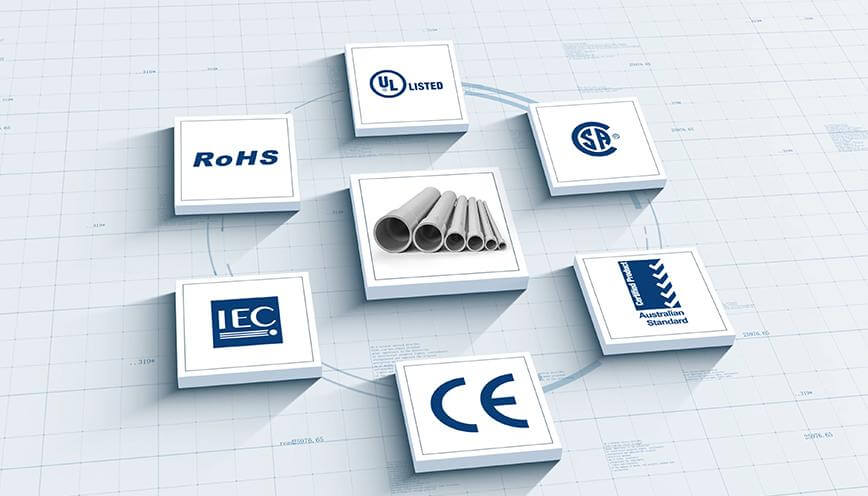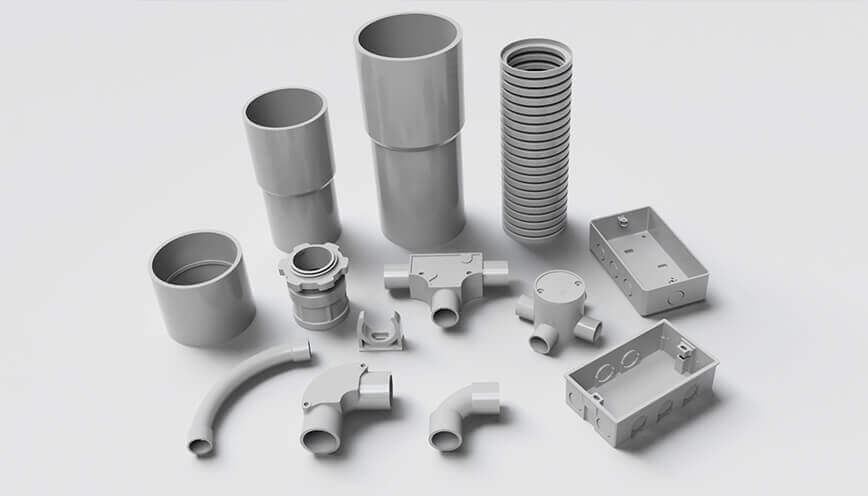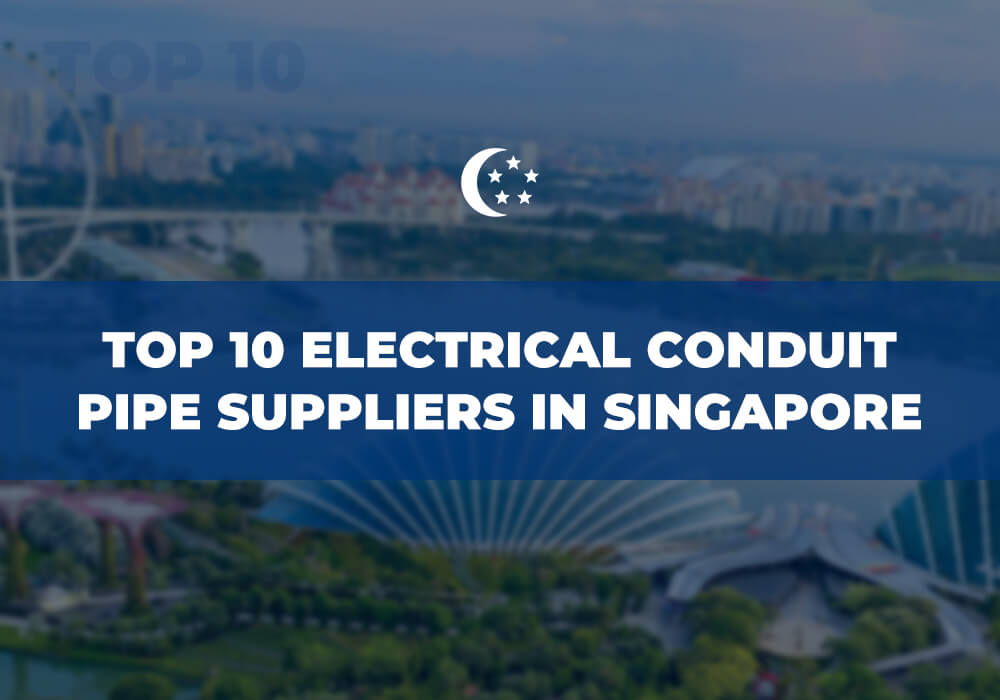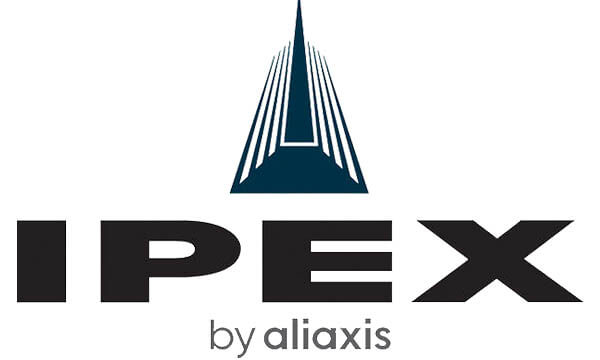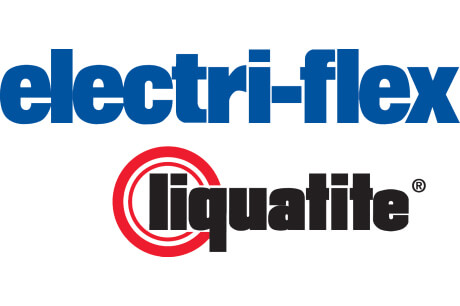Em indústrias dominadas por produtos elétricos, como a indústria de conduítes elétricos, aderir a padrões de fabricação rigorosos é absolutamente essencial. Garantir que esses produtos sejam rigorosamente testados e certificados quanto à qualidade é igualmente crítico. Isso não apenas garante que os produtos estejam livres de defeitos, mas também minimiza o risco de mau funcionamento que pode levar a problemas sérios para os usuários. Sem padrões e certificações estabelecidos, o mercado seria inundado com produtos elétricos abaixo do padrão, aumentando a probabilidade de mau funcionamento, danos e até mesmo ferimentos frequentes.
Como um fabricante líder de conduítes elétricos, reconhecemos o papel vital que a certificação de produtos desempenha na manutenção da segurança, qualidade e conformidade com as regulamentações do setor. Ao procurar um conduíte elétrico qualificado ou fabricante de conduítes, entender marcas de certificação, laboratórios de teste e termos relacionados é crucial. Aqui está um guia para ajudar você a navegar por esses aspectos:

1. Sobre SDO e Organismos de Certificação
Standards Development Organizations (SDOs) e Certification Bodys são componentes essenciais do ecossistema regulatório e de garantia de qualidade, cada um desempenhando um papel distinto, porém complementar. SDOs são os principais responsáveis por criar e manter padrões que delineiam os requisitos, diretrizes e características específicas que produtos, serviços e sistemas devem atender. Esses padrões garantem consistência, segurança e qualidade em todos os setores e são desenvolvidos por meio de um processo de consenso envolvendo várias partes interessadas, incluindo especialistas do setor, agências governamentais e representantes do consumidor.
SDOs, como o American National Standards Institute (ANSI), a International Organization for Standardization (ISO) e a ASTM International, focam em definir as regras e diretrizes que as indústrias devem seguir. Esses padrões são frequentemente voluntários, a menos que sejam adotados por órgãos reguladores, mas servem como base para garantir que produtos e serviços sejam confiáveis e seguros. O principal resultado dos SDOs é a publicação desses padrões, que fornecem uma estrutura para fabricantes e provedores de serviços para garantir qualidade e interoperabilidade.
Por outro lado, os Órgãos de Certificação desempenham o papel crucial de garantir que produtos, sistemas ou serviços atendam aos padrões definidos pelos SDOs. Eles são organizações independentes e terceirizadas autorizadas a conduzir testes, inspeções e auditorias. Órgãos de Certificação como UL (Underwriters Laboratories), CSA (Canadian Standards Association) e ETL (Intertek) avaliam produtos para verificar se eles estão em conformidade com os padrões e regulamentações relevantes. Após testes rigorosos, eles emitem certificações que confirmam a conformidade de um produto, geralmente indicadas por uma marca de certificação como a marca UL ou a marca CSA.
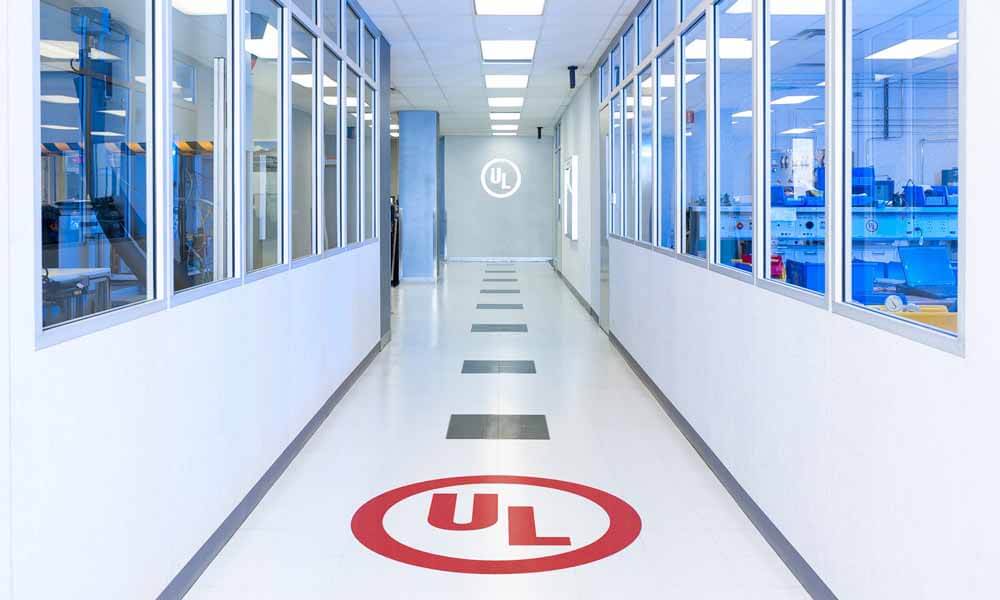
Os Organismos de Certificação fazem mais do que apenas testar produtos; eles fornecem uma camada essencial de garantia para consumidores, fabricantes e agências reguladoras. Suas marcas de certificação são símbolos amplamente reconhecidos de qualidade e segurança, oferecendo aos consumidores a confiança de que os produtos que eles compram atendem a padrões rigorosos. Para os fabricantes, a certificação é uma etapa crucial no desenvolvimento do produto e na entrada no mercado, garantindo a conformidade com os requisitos legais e aumentando a comercialização.
Em resumo, enquanto os SDOs definem as diretrizes e padrões para as indústrias seguirem, os Órgãos de Certificação validam a adesão a esses padrões por meio de testes e certificação. Ambas as entidades são vitais para manter a segurança do produto, a qualidade e a confiança do consumidor. Juntos, eles criam um sistema onde os padrões não são apenas definidos, mas também efetivamente aplicados, garantindo que os produtos no mercado sejam seguros, confiáveis e de alta qualidade.
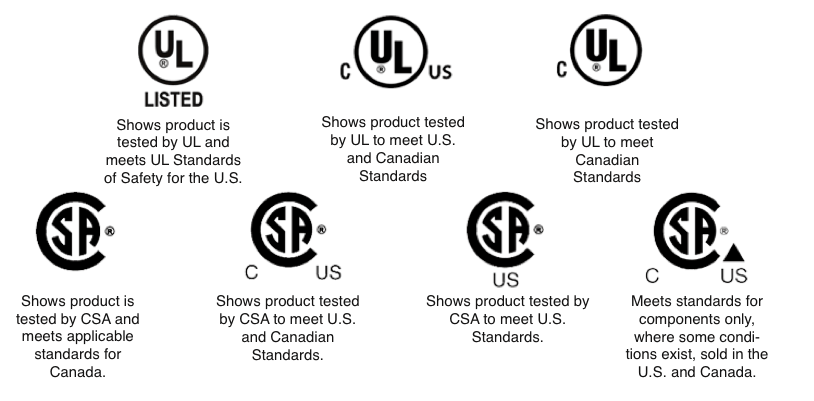
2. O que é a Certificação UL?
A Underwriters Laboratories (UL) é uma organização líder global em certificação de segurança que garante a segurança dos produtos desde sua criação em 1894. A principal missão da UL é criar um mundo mais seguro desenvolvendo padrões de segurança rigorosos e conduzindo testes abrangentes em uma variedade de produtos, incluindo componentes elétricos, eletrodomésticos, máquinas industriais e muito mais.
Marca UL: A marca UL é um símbolo de confiança e segurança que indica que um produto passou por testes rigorosos e atende aos padrões de segurança da UL. Esta marca é reconhecida principalmente nos EUA e é crucial para produtos comercializados nesta região. A presença da marca UL em um produto significa que ele foi avaliado quanto a riscos potenciais, como choque elétrico, riscos de incêndio e perigos mecânicos, garantindo que seja seguro para uso do consumidor.
Impacto global: Embora a certificação UL seja um requisito para muitos produtos nos EUA, sua influência se estende muito além do mercado americano. Muitos países e indústrias reconhecem a UL como uma referência para a segurança do produto. Esse reconhecimento global permite que os fabricantes com produtos certificados pela UL acessem mercados internacionais mais facilmente, pois a marca UL frequentemente atende ou excede os requisitos de segurança de outras regiões.
Processo de teste: O processo de teste da UL é completo e envolve vários estágios, incluindo a avaliação do design do produto, materiais e desempenho sob várias condições. Os produtos são submetidos a testes de estresse para garantir que eles podem suportar o uso diário e potenciais emergências. Para produtos elétricos, a UL testa problemas como curto-circuitos, sobrecarga e resistência a fatores ambientais, como umidade e calor. A UL também realiza inspeções regulares de instalações de fabricação para garantir a conformidade contínua com seus padrões.
3. O que é a Certificação cUL?
A marca cUL é o equivalente canadense da certificação UL, indicando que um produto atende aos padrões de segurança exigidos pelo Canadian Electrical Code (CAN/CSA 22.1-12). Produtos com a marca cUL foram testados e certificados como seguros para uso no Canadá, seguindo os requisitos regulatórios específicos do país.
Considerações específicas de mercado: Os fabricantes que desejam vender seus produtos nos EUA e no Canadá devem obter as certificações UL e cUL para garantir a conformidade com os regulamentos de segurança em cada país. Este processo de certificação dupla garante que os produtos atendam aos critérios de segurança necessários para a entrada em ambos os mercados. Sem a certificação apropriada, os produtos podem enfrentar obstáculos regulatórios, levando a atrasos na entrada no mercado ou possíveis recalls.
Etiquetagem: Produtos certificados para ambos os mercados geralmente carregam marcas duplas UL e cUL, que indicam claramente sua conformidade com os padrões de segurança nos EUA e Canadá. Essa etiquetagem dupla ajuda consumidores, varejistas e reguladores a identificar rapidamente produtos que são seguros e aprovados para uso em ambos os países, simplificando os processos de compra e aprovação regulatória.
4. Qual é a diferença entre UL e cUL?
Embora as certificações UL e cUL sejam emitidas pela Underwriters Laboratories, elas atendem a mercados diferentes. A certificação UL se aplica a produtos destinados ao mercado dos EUA, enquanto a certificação cUL é para produtos destinados ao mercado canadense. Cada certificação adere aos padrões específicos de segurança e desempenho relevantes para o respectivo país, particularmente em requisitos de teste, considerações específicas de mercado e práticas de etiquetagem e marcação.
Normas Nacionais: A certificação UL adere aos padrões definidos pelos órgãos reguladores dos EUA, enquanto a certificação cUL segue os padrões canadenses. Embora esses padrões sejam intimamente relacionados, eles refletem os critérios exclusivos de segurança e desempenho de cada país. Por exemplo, certos materiais ou aspectos de design que são aceitáveis pelos padrões dos EUA podem exigir testes ou modificações adicionais para atender aos padrões canadenses. Os padrões de voltagem elétrica, práticas de fiação e outros regulamentos de segurança podem diferir entre os EUA e o Canadá.
Procedimentos de teste: Os procedimentos de teste para certificações UL e cUL podem variar ligeiramente devido aos diferentes ambientes regulatórios. Os padrões canadenses geralmente incorporam elementos influenciados por normas europeias, levando a testes adicionais ou critérios diferentes para certos tipos de equipamentos. Isso pode incluir requisitos específicos para isolamento elétrico, resistência ao fogo ou resiliência ambiental que diferem daqueles usados nos EUA
Conformidade regulatória: Produtos destinados à venda nos EUA devem estar em conformidade com os padrões UL, enquanto aqueles comercializados no Canadá precisam atender aos requisitos cUL. Essa distinção é crucial para fabricantes que pretendem entrar em ambos os mercados, pois obter ambas as certificações pode agilizar as vendas internacionais e garantir uma aceitação mais ampla do mercado.
Expectativas do consumidor: Em ambos os países, consumidores e órgãos reguladores frequentemente esperam que os produtos tenham a marca de certificação apropriada. No Canadá, a presença de uma marca cUL pode incutir maior confiança na segurança do produto e na conformidade com os padrões locais, assim como a marca UL faz nos EUA.
Penetração de mercado: Produtos certificados com apenas uma marca podem enfrentar desafios para entrar no outro mercado.
Marcação dupla: Alguns produtos podem ter as marcas UL e cUL se tiverem sido certificados para ambos os mercados. Essa marcação dupla indica que o produto atende aos padrões de segurança de ambos os países, o que pode ser particularmente benéfico para produtos vendidos nos EUA e Canadá.
Marcas UL vs. cUL: A rotulagem para certificações UL e cUL difere para indicar o mercado específico para o qual o produto foi certificado. Um produto certificado para o mercado dos EUA terá a marca UL, enquanto um produto certificado para o Canadá exibirá a marca cUL. Essa distinção é crítica para garantir que os produtos sejam facilmente identificáveis como compatíveis com os padrões nacionais apropriados.
Há um equívoco de que produtos certificados pela CSA são apenas para uso no Canadá e não podem ser vendidos ou instalados nos EUA, enquanto produtos listados pela UL são para uso nos Estados Unidos e global. Dependendo da certificação, produtos CSA e UL podem ser usados local e internacionalmente.
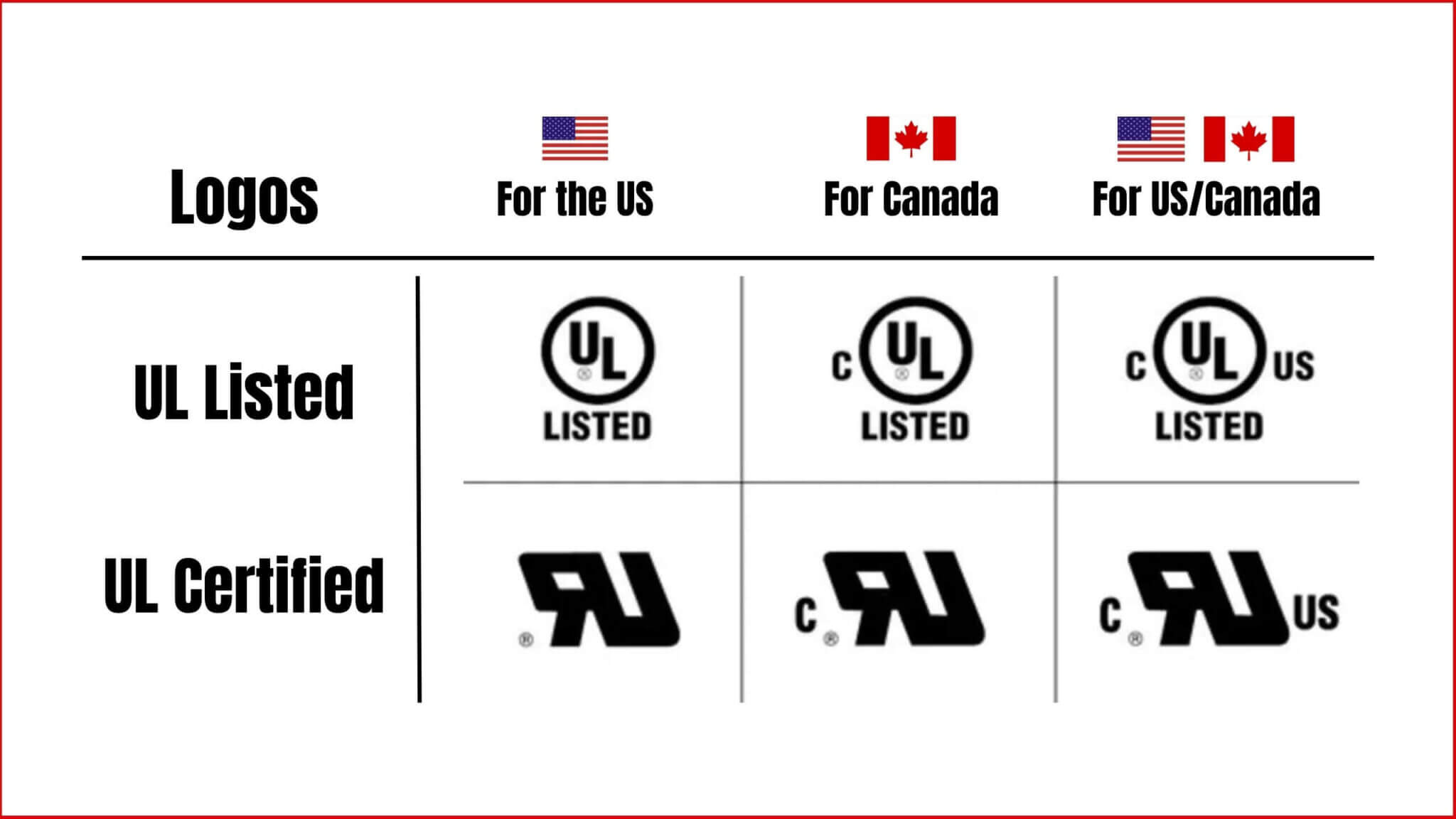
5. Qual é a diferença entre listado pela UL e reconhecido pela UL?
As marcas UL Listed e UL Recognized são ambas indicadores de certificação fornecidos pela Underwriters Laboratories (UL), uma empresa global de consultoria e certificação de segurança. Essas marcas significam que um produto ou componente atendeu a padrões de segurança específicos, mas se aplicam a diferentes tipos de produtos e atendem a propósitos distintos nos mercados de fabricação e consumo.
A certificação UL Listed é aplicada a produtos autônomos e totalmente funcionais que foram testados e comprovados para atender aos padrões de segurança necessários para um uso específico pretendido. Esta marca é comumente encontrada em produtos de usuário final, como eletrodomésticos, dispositivos eletrônicos e equipamentos industriais. A marca UL Listed garante aos consumidores, varejistas e autoridades regulatórias que o produto é seguro para uso e está em conformidade com todos os requisitos de segurança relevantes. Produtos com esta certificação passaram por uma avaliação abrangente, incluindo testes de incêndio, choque elétrico e outros riscos potenciais.
Por outro lado, a certificação UL Recognized se aplica a componentes ou materiais destinados a serem usados em um sistema ou produto maior. Isso pode incluir peças como placas de circuito, fontes de alimentação, plásticos ou fiação. A marca UL Recognized indica que o componente atende a certos padrões de segurança, mas pode exigir avaliação adicional quando integrado a um produto final. Essa certificação é particularmente importante para fabricantes e integradores de sistemas, pois os ajuda a selecionar componentes confiáveis e compatíveis durante o processo de desenvolvimento do produto. O uso de componentes UL Recognized pode agilizar o processo de certificação para o produto final, mas o produto completo ainda precisará passar por sua própria avaliação para obter o status UL Listed.
6. O que é a Certificação CSA?
O CSA Group (anteriormente Canadian Standards Association) é uma organização líder no Canadá responsável por desenvolver padrões e certificar produtos para garantir que eles atendam aos requisitos de segurança, saúde e meio ambiente. A certificação CSA é essencial para produtos destinados ao mercado canadense, particularmente para dispositivos elétricos e eletrônicos, eletrodomésticos e equipamentos industriais.
Marca CSA: A marca CSA é um símbolo bem reconhecido no Canadá, indicando que um produto foi completamente testado e certificado para atender a padrões específicos de segurança e desempenho. Para produtos elétricos, a certificação CSA garante que o item esteja em conformidade com o Código Elétrico Canadense e outros padrões relevantes, reduzindo o risco de incêndios elétricos, choques e outros perigos.
Reconhecimento global: a certificação CSA não é reconhecida apenas no Canadá, mas também tem peso significativo internacionalmente. Muitos países e indústrias veem os produtos certificados pela CSA como confiáveis e seguros, o que pode aumentar a comercialização de um produto fora do Canadá. Esse reconhecimento global permite que os fabricantes com produtos certificados pela CSA expandam seu alcance em mercados internacionais com mais confiança.
Preferência de mercado: Em alguns casos, os consumidores e reguladores canadenses podem preferir produtos certificados pela CSA porque o CSA Group é uma organização local com raízes profundas nos padrões de segurança canadenses. No entanto, ambas as certificações são aceitáveis para a maioria dos propósitos regulatórios, e os fabricantes podem escolher a que melhor se alinha com sua estratégia de mercado.
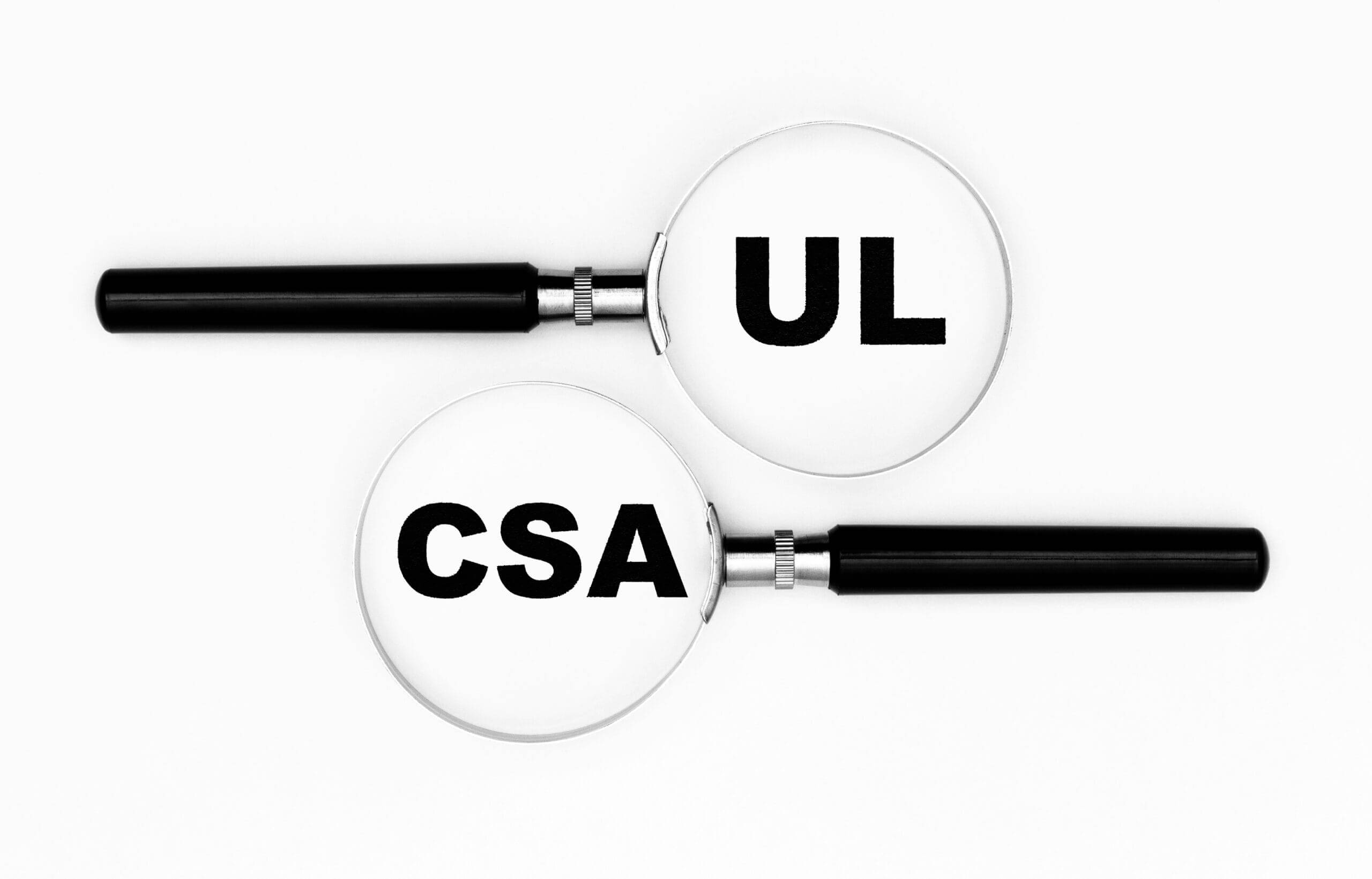
7. Qual é a diferença entre CSA e cUL?
As certificações CSA e cUL indicam conformidade com os padrões de segurança canadenses, mas são emitidas por organizações diferentes. A certificação CSA é concedida pelo CSA Group, enquanto a certificação cUL é emitida pela Underwriters Laboratories para produtos que atendem aos padrões canadenses. Embora ambas as certificações sejam respeitadas no Canadá, a CSA é frequentemente considerada a certificação mais tradicional e reconhecida localmente, enquanto a cUL faz parte do sistema UL mais amplo, que também cobre o mercado dos EUA.
8. Qual é a diferença entre CSA e UL?
Tanto a CSA quanto a UL são Nationally Recognized Testing Laboratories (NRTLs) que testam a segurança e eficácia de certos tipos de produtos. Na verdade, a certificação CSA e a certificação UL são praticamente sinônimos. Ambas as organizações são credenciadas pela OSHA (Occupational Safety and Health Administration) e ANSI (American National Standards Institute) para atuar como NRTLs.
Ambas as empresas, CSA e UL, assinaram um Memorando de Entendimento que define a aceitação mútua para testes e investigações de acordo com padrões definidos.
Quando se trata disso, CSA e UL são simplesmente duas organizações diferentes que testam o mesmo conjunto de padrões. Em ambos os casos, um produto certificado por um desses NRTLs está em conformidade com os padrões da indústria para segurança e desempenho.
O acordo de Memorando de Entendimento entre as duas organizações simplifica o processo de certificação para empresas que desejam marcas dos EUA e/ou Canadá. Se uma empresa exigir a marca CSA ou UL, ela pode solicitar a aprovação da CSA “Canadian Standards Association” ou da UL “Underwriters Laboratories Inc.”.
9. O que é NRTL?
Um NRTL (pronuncia-se “nurtle”) é um Laboratório de Testes Reconhecido Nacionalmente credenciado pela Administração de Segurança e Saúde Ocupacional (OSHA) como um certificador aprovado de padrões específicos da indústria. O credenciamento da OSHA como um NRTL garante que uma organização atenda aos requisitos de 29 CFR 1910.7. Cada NRTL é credenciado pela OSHA para um escopo específico de padrões de teste e tem sua própria marca de certificação registrada exclusiva, que um fabricante está autorizado a colocar em um produto certificado.
Se um fabricante planeja vender ou distribuir equipamentos elétricos nos Estados Unidos, ele deve mostrar que seu produto é seguro. Isso é feito obtendo a certificação por meio de um Nationally Recognized Testing Laboratory aprovado pela OSHA.
O NRTL pode testar o produto elétrico fornecido para um padrão nacional específico, o que demonstra que o produto está em conformidade com os requisitos para vender dentro dos Estados Unidos. Uma vez aprovado, o NRTL autoriza o fabricante a aplicar a marca NRTL a toda a produção futura da fábrica. A única diferença entre as várias marcas NRTL está nos serviços dos laboratórios de teste por trás delas.
10. O que é ETL?
A certificação ETL funciona como a UL no sentido de que também fornece um selo de que um produto é sólido e está em conformidade com os padrões definidos.
ETL é um laboratório de testes com sede em Londres, especializado em vários tipos de testes, incluindo desempenho de benchmark, compatibilidade eletromagnética e segurança de produtos para eletrônicos. Fundada por Thomas Edison em 1896, a ETL tem uma longa história de garantir que os produtos atendam aos padrões de segurança e desempenho. A organização agora opera mais de 30 escritórios e laboratórios em todo o mundo, aderindo aos mesmos princípios que Edison estabeleceu, com foco em segurança de produtos, materiais e componentes proprietários - uma empresa que costumava ser chamada de "Edison Testing Laboratories".

11. Qual é a diferença entre ETL e UL?
As Marcas Listadas ETL e as Marcas UL têm similaridades, pois ambas derivam de testes certificados pela NRTL para garantir que produtos eletrônicos sejam seguros para uso público. No entanto, ambos os métodos de teste diferem em metodologias de teste e nos benchmarks que determinam a segurança do produto.
A certificação ETL também se mantém válida principalmente na América do Norte. No entanto, uma grande diferença entre UL e ETL é que esta tem um apelo global um pouco mais amplo.
Uma marca ETL Verified com um identificador “US” na posição das 4 horas significa que o produto foi identificado como estando em conformidade apenas com os padrões de segurança dos EUA, conforme definido pelo Título 29 CRF.
Uma marca verificada pela ETL com um “C” na posição de 8 horas foi considerada em conformidade apenas com os padrões de segurança de produtos canadenses. Produtos que ostentam um “US” e um “C” estão em conformidade com os padrões de segurança de produtos dos EUA e do Canadá.
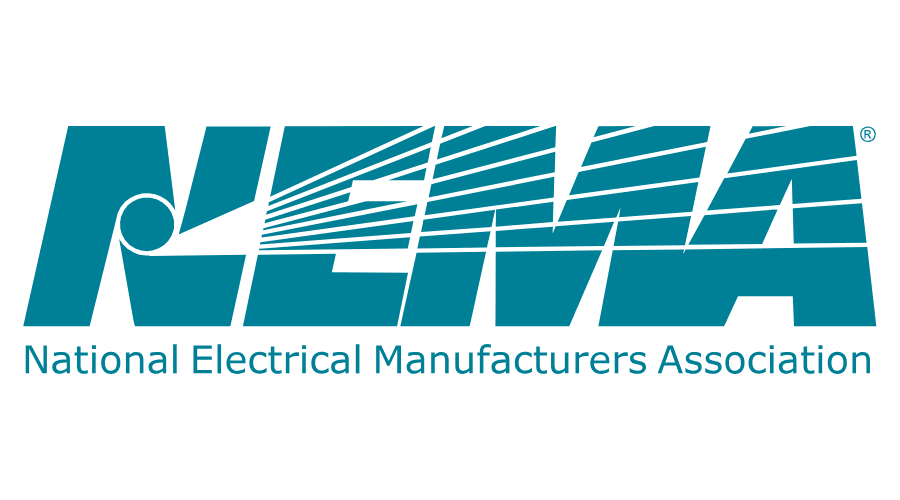
12. O que são padrões NEMA?
A National Electrical Manufacturers Association (NEMA) é uma organização influente que desenvolve padrões para produtos elétricos, incluindo classificações para gabinetes elétricos, interruptores e outros equipamentos usados em uma variedade de ambientes. Os padrões NEMA são amplamente usados nos EUA e são essenciais para garantir a segurança e a confiabilidade dos sistemas elétricos em ambientes residenciais e industriais.
Classificações NEMA: As classificações NEMA são um aspecto crítico dos padrões, especificando o nível de proteção que um gabinete elétrico fornece contra fatores ambientais, como poeira, água, produtos químicos e impacto físico. Por exemplo, um gabinete NEMA 4 é projetado para uso interno e externo e fornece proteção contra entrada de água de chuva, granizo e água direcionada por mangueira. Classificações mais altas, como NEMA 6P, indicam proteção contra submersão em água e exposição a agentes corrosivos.
13. Qual é a diferença entre NEMA e UL?
A National Electrical Manufacturer Association (NEMA) e a Underwriters Laboratories (UL) são as duas agências governamentais comumente referenciadas na América do Norte. Ambas fornecem supervisão para garantir que um gabinete atenda ou exceda um determinado grau de proteção. Ambas definem projetos de gabinete, para quais contaminantes cada projeto pode fornecer proteção e como cada projeto é testado para garantir a conformidade com sua respectiva classificação ou tipo.
A diferença mais significativa entre gabinetes com classificação NEMA e um com classificação UL é como os testes são feitos e o processo de conformidade. Gabinetes com classificação NEMA são autocertificados pelo fabricante.

14. O que são normas ASTM?
A ASTM International, anteriormente conhecida como American Society for Testing and Materials, é uma líder globalmente reconhecida no desenvolvimento e entrega de padrões de consenso voluntários. Esses padrões abrangem uma ampla gama de materiais, produtos, sistemas e serviços, com foco em garantir qualidade, segurança e desempenho em vários setores.
Escopo e aplicação: Os padrões ASTM são usados no mundo todo para melhorar a qualidade do produto, aumentar a segurança, facilitar o acesso ao mercado e o comércio e construir a confiança do consumidor. Eles cobrem uma vasta gama de indústrias, incluindo construção, petróleo, têxteis e produtos de consumo. No contexto de conduítes elétricos, os padrões ASTM garantem que materiais como PVC usados na fabricação de conduítes atendam a critérios específicos de durabilidade, resistência química e outras características de desempenho.
Impacto global: os padrões ASTM são frequentemente referenciados por outras organizações de padrões e órgãos reguladores globalmente, tornando-os essenciais para fabricantes que buscam garantir que seus produtos atendam a padrões internacionais. A conformidade com os padrões ASTM também pode facilitar a entrada mais fácil no mercado, pois os produtos têm mais probabilidade de serem aceitos em várias regiões.
15. Qual é a diferença entre a norma ASTM e UL?
Underwriters Laboratories (UL) e ASTM International são ambos integrais para manter altos padrões em vários setores, mas suas funções e áreas de foco são distintas. A UL é especializada em testes e certificação de segurança de produtos. Ela desenvolve padrões de segurança rigorosos em uma ampla gama de categorias de produtos, incluindo equipamentos elétricos e bens de consumo. O objetivo principal da UL é garantir que os produtos sejam seguros para uso, estabelecendo critérios de desempenho e conduzindo testes e inspeções completos. Os produtos que atendem a esses critérios recebem a Marca UL, sinalizando conformidade com requisitos de segurança rigorosos.
A ASTM International, por outro lado, é renomada por criar padrões de consenso voluntários que focam nas especificações técnicas e características de desempenho de materiais, produtos e sistemas. Diferentemente da UL, a ASTM não oferece serviços de certificação, mas fornece diretrizes e metodologias detalhadas para avaliar a qualidade e a consistência do produto. Os padrões ASTM cobrem um amplo espectro de indústrias, incluindo construção, energia e manufatura. Esses padrões visam garantir que produtos e materiais atendam a benchmarks de desempenho específicos, promovendo confiabilidade e interoperabilidade.
As diferenças em escopo e processos de certificação entre UL e ASTM destacam seus papéis únicos. Os padrões da UL estão principalmente preocupados com a segurança, abordando riscos potenciais e garantindo que os produtos atendam aos critérios de segurança abrangentes. Em contraste, os padrões da ASTM enfatizam aspectos técnicos e de desempenho em vez da certificação de segurança. O processo de certificação da UL envolve testes rigorosos e auditorias periódicas para garantir a conformidade contínua, enquanto a ASTM fornece diretrizes que os fabricantes usam para controle de qualidade interno e desenvolvimento de produtos. Entender essas diferenças permite que as empresas naveguem efetivamente pelos padrões relevantes para seus produtos e indústrias. Diferenças entre ASTM e outros laboratórios da mesma forma, como CSA, ETL e etc.
16. Qual é o papel do NEC (Código Elétrico Nacional)?
O National Electrical Code (NEC), também conhecido como NFPA 70, é um conjunto vital de diretrizes nos Estados Unidos que governa a instalação segura de fiação e equipamentos elétricos. Ele é desenvolvido pela National Fire Protection Association (NFPA) e é amplamente adotado nos EUA como um padrão para garantir a segurança elétrica em edifícios residenciais, comerciais e industriais.
Conformidade com a NEC: A conformidade com a NEC é obrigatória para todas as instalações elétricas nos EUA. O código abrange tudo, desde a instalação correta de conduítes e cabos até aterramento e ligação, proteção de circuitos e muito mais. A adesão às diretrizes da NEC é crucial para evitar incêndios elétricos, reduzir o risco de choque elétrico e garantir a segurança geral dos sistemas elétricos.
Influência global: embora o NEC seja específico dos Estados Unidos, sua influência se estende além das fronteiras americanas. Muitos outros países e regiões olham para o NEC como um modelo para seus códigos elétricos, adotando padrões semelhantes para garantir segurança e confiabilidade em suas instalações elétricas.
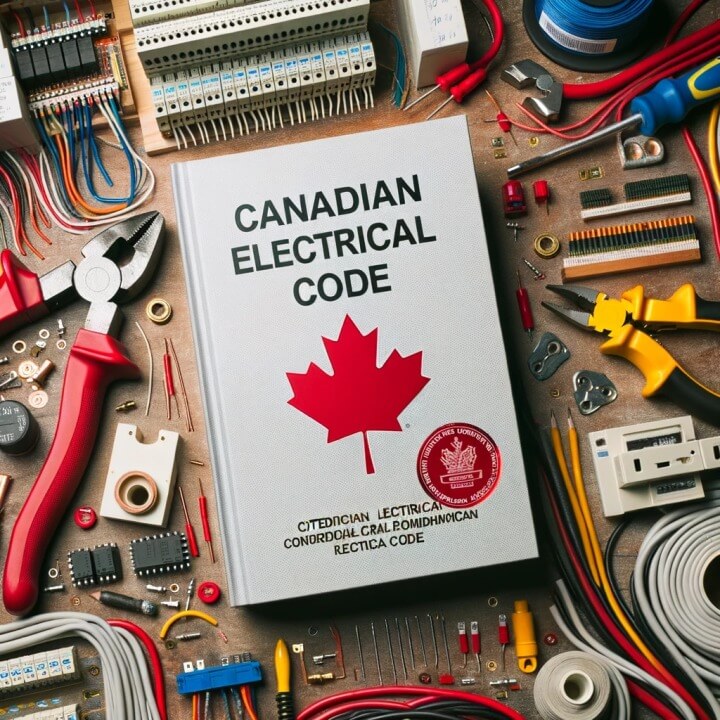
17. Qual é o papel do CEC (Código Elétrico Canadense)?
O Canadian Electrical Code (CEC) é um conjunto abrangente de regulamentações e padrões projetados para garantir a instalação, operação e manutenção seguras de sistemas elétricos no Canadá. Desenvolvido pela Canadian Standards Association (CSA), o CEC define os requisitos mínimos para segurança elétrica em ambientes residenciais, comerciais e industriais. Ele abrange uma ampla gama de tópicos, incluindo métodos de fiação, aterramento, especificações de equipamentos e instalação de dispositivos elétricos.
O CEC é atualizado regularmente para refletir avanços em tecnologia, mudanças em práticas de segurança e novas necessidades da indústria. A conformidade com o CEC é obrigatória em todo o Canadá, e o código é frequentemente adotado em leis provinciais e territoriais, tornando-o um requisito legal para todo trabalho elétrico. Ele é projetado para proteger tanto o público quanto os trabalhadores elétricos de riscos elétricos, como choque, incêndio e explosões.
Embora o CEC compartilhe muitas similaridades com o National Electrical Code (NEC) dos EUA, há diferenças específicas que refletem o ambiente regulatório e os padrões de segurança exclusivos do Canadá. Essas diferenças significam que instalações elétricas em conformidade com um código podem não atender totalmente aos requisitos do outro, a correlação de requisitos técnicos entre os dois códigos está em andamento.
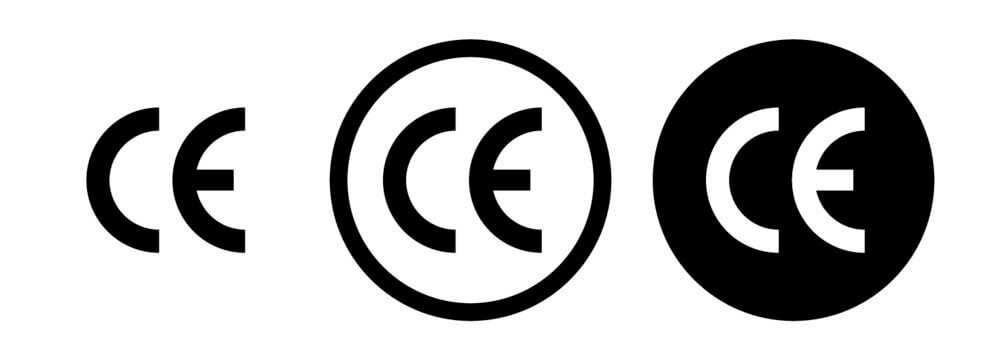
18. O que é a Certificação CE?
A marca CE é uma marcação de conformidade obrigatória para produtos vendidos dentro da Área Econômica Europeia (AEE). Ela significa que um produto está em conformidade com os requisitos essenciais da legislação europeia relevante de saúde, segurança e proteção ambiental, que são projetados para garantir a segurança do consumidor e promover o livre comércio dentro da AEE.
Escopo da Marcação CE: A marca CE se aplica a uma ampla gama de produtos, incluindo equipamentos elétricos, dispositivos médicos, máquinas e produtos de construção. Para produtos elétricos, a marca CE indica conformidade com diretivas como a Diretiva de Baixa Tensão (LVD) e a Diretiva de Compatibilidade Eletromagnética (EMC), que abrangem questões de segurança e interferência eletromagnética.
Conformidade: Para afixar a marca CE, os fabricantes devem garantir que seus produtos atendam a todas as diretivas e padrões aplicáveis da UE. Esse processo geralmente envolve testes rigorosos, documentação e, em alguns casos, certificação de terceiros, dependendo da categoria do produto e dos riscos associados. A marca CE não apenas facilita o livre comércio dentro do EEE, mas também serve como uma garantia aos consumidores de que o produto atende a altos padrões de segurança e qualidade.
Acesso ao Mercado: A marca CE é essencial para fabricantes que buscam vender seus produtos no mercado europeu. Sem ela, os produtos não podem ser comercializados legalmente dentro do EEE, o que pode limitar o potencial de crescimento de uma empresa. Além disso, a marca CE é reconhecida em alguns países fora da UE, que podem aceitá-la como evidência de conformidade com seus próprios padrões de segurança.
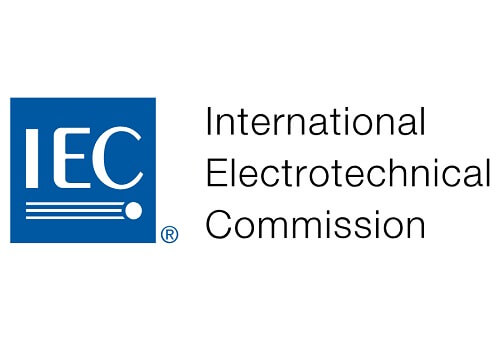
19. O que são normas IEC?
A International Electrotechnical Commission (IEC) é uma organização globalmente reconhecida que desenvolve padrões internacionais para tecnologias elétricas, eletrônicas e relacionadas. Os padrões IEC visam garantir a segurança, compatibilidade e eficiência de produtos em todo o mundo, facilitando o comércio internacional e a inovação nas indústrias elétrica e eletrônica.
Padrões Globais: Os padrões IEC são adotados por muitos países ao redor do mundo, fornecendo uma estrutura consistente para o design, teste e desempenho de produtos elétricos. Essa harmonização de padrões ajuda os fabricantes a reduzir o custo e a complexidade de trazer novos produtos ao mercado, eliminando a necessidade de múltiplas certificações específicas de cada país.
Relevância para a Indústria: Para os fabricantes, aderir aos padrões IEC é crucial para garantir que seus produtos possam competir no mercado global. Produtos que atendem aos padrões IEC são frequentemente aceitos em vários mercados sem a necessidade de certificação adicional, o que simplifica o processo de aprovação e acelera o tempo de colocação no mercado. Além disso, os padrões IEC contribuem para a confiabilidade e segurança geral dos sistemas elétricos em todo o mundo, promovendo a confiança do consumidor e o crescimento da indústria.

20. O que é ISO?
A International Organization for Standardization (ISO) é uma entidade global não governamental estabelecida em 1947 e sediada em Genebra, Suíça. Sua função principal é desenvolver e publicar uma gama abrangente de padrões que abrangem vários setores, desde saúde e tecnologia até manufatura e gestão ambiental. Os padrões da ISO visam garantir que produtos, serviços e sistemas sejam seguros, confiáveis e de alta qualidade, facilitando assim o comércio internacional e promovendo consistência entre fronteiras.
Os padrões ISO notáveis incluem ISO 9001, que foca em sistemas de gestão da qualidade, e ISO 14001, que aborda a gestão ambiental. Os padrões ISO são integrais para garantir segurança, confiabilidade e qualidade em diversas aplicações. Os esforços da ISO na padronização ajudam a agilizar o comércio global ao fornecer uma estrutura comum para avaliar e manter a qualidade de produtos e serviços.
21. O que é o Padrão AS/NZS?
Os Padrões AS/NZS referem-se a um conjunto de padrões técnicos desenvolvidos em conjunto pela Standards Australia (AS) e Standards New Zealand (NZS). Esses padrões são projetados para garantir a segurança, confiabilidade e eficiência de produtos, serviços e sistemas na Austrália e Nova Zelândia. Os Padrões AS/NZS cobrem uma ampla gama de áreas, incluindo construção, engenharia, tecnologia da informação, gestão ambiental e bens de consumo.
A colaboração entre a Standards Australia e a Standards New Zealand começou no início dos anos 1990 com o objetivo de harmonizar os padrões entre os dois países. Esta iniciativa foi motivada pelo desejo de facilitar o comércio, aumentar a segurança dos produtos e reduzir as barreiras regulatórias. Ao longo dos anos, a parceria resultou no desenvolvimento de vários padrões conjuntos que são reconhecidos e adotados em ambos os países.
A norma AS/NZS 2053 especifica os requisitos para conduítes e conexões metálicas e não metálicas usadas em instalações elétricas nessas regiões. Esta norma garante que conduítes e conexões forneçam proteção adequada para cabos elétricos, atendendo aos requisitos de segurança e ambientais específicos para a Austrália e Nova Zelândia.
AS/NZS 2053 abrange vários aspectos do desempenho do conduíte, incluindo resistência do material, resistência a fatores ambientais (como radiação UV, produtos químicos e temperaturas extremas) e facilidade de instalação. Ele também aborda as propriedades mecânicas dos conduítes, como resistência ao impacto e flexibilidade, garantindo que eles possam suportar os rigores da instalação e uso a longo prazo.
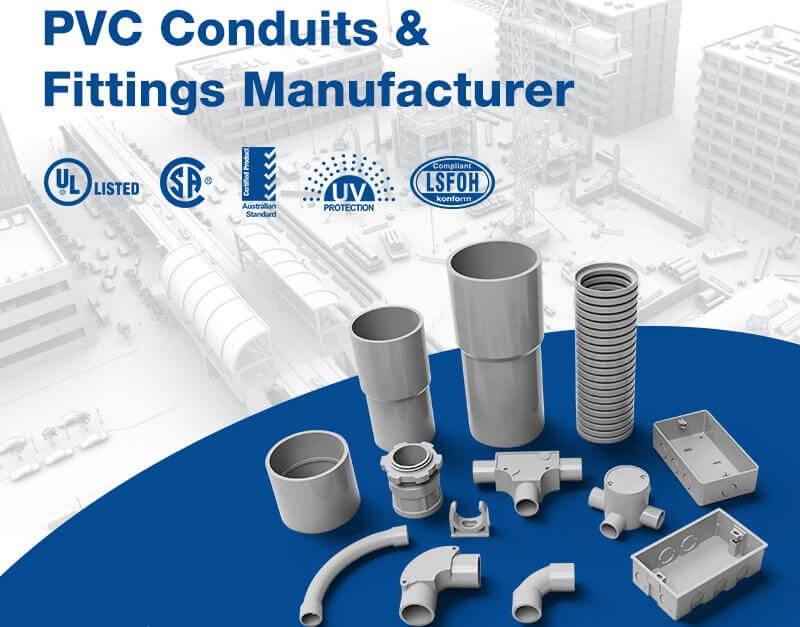
Tubo C é um fabricante e fornecedor respeitável de conduítes, tubos e conexões de PVC, especializado em fornecer soluções inovadoras para projetos de construção. Sediado na China.
Recebemos as certificações ISO 9001, ISO 14001 e ISO 45001, garantindo aos nossos clientes os mais altos padrões em controle de qualidade e práticas ambientalmente sustentáveis. Além disso, nossos produtos possuem certificações internacionais como UL, CSA, AS/NZS 2053, CE e IEC, validando ainda mais sua confiabilidade e conformidade.
Se você tiver requisitos de projeto, entre em contato conosco.
